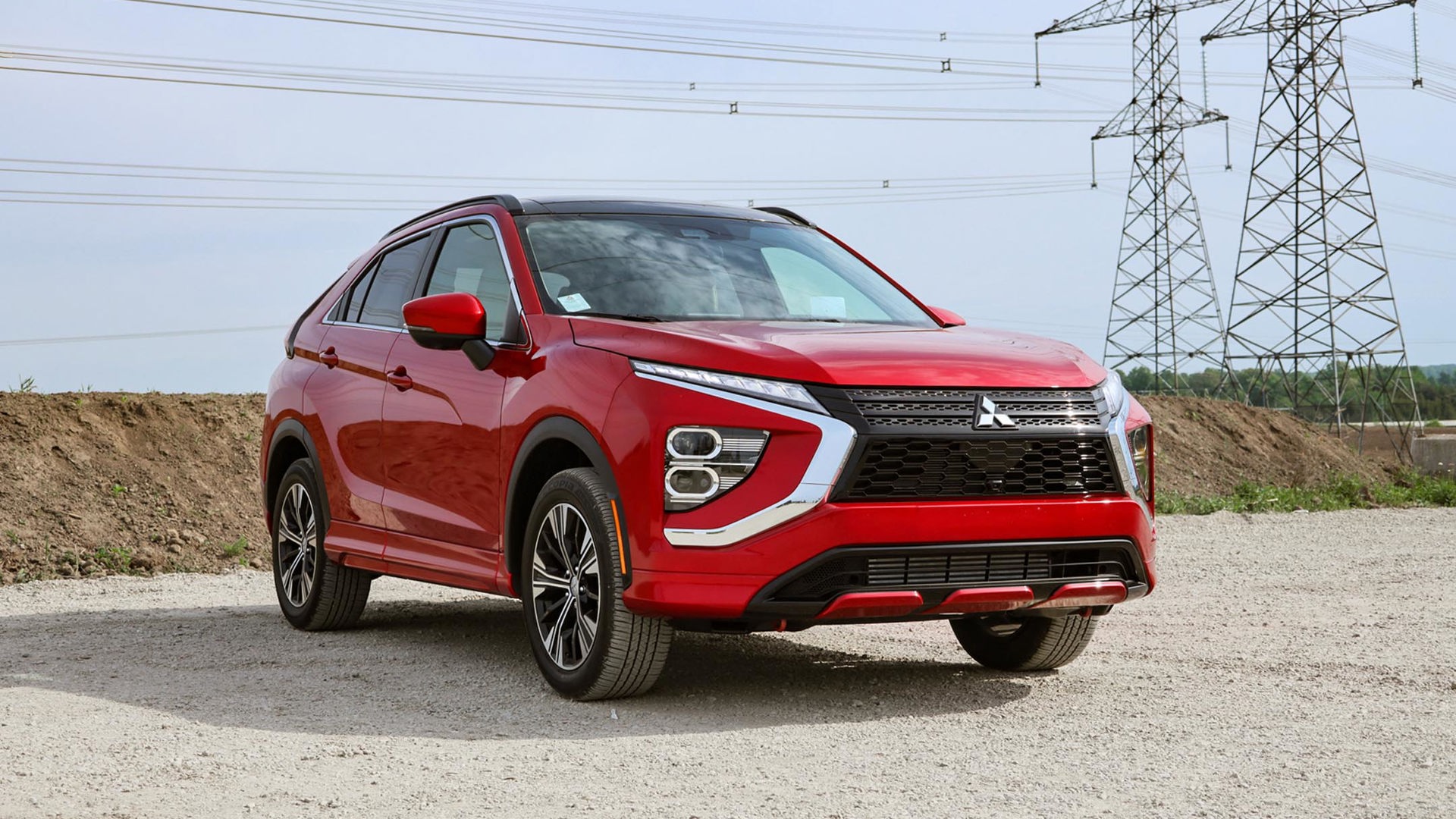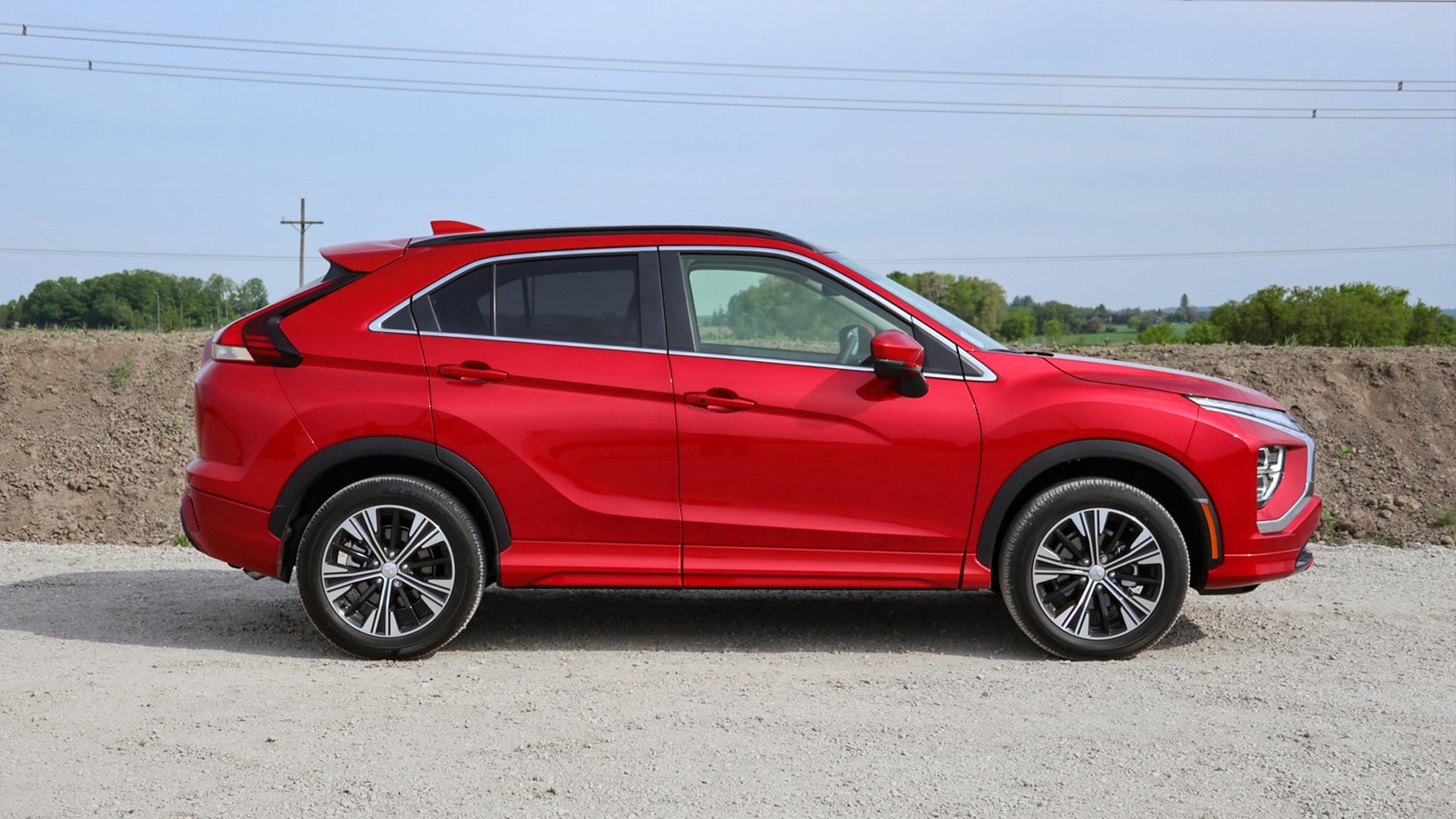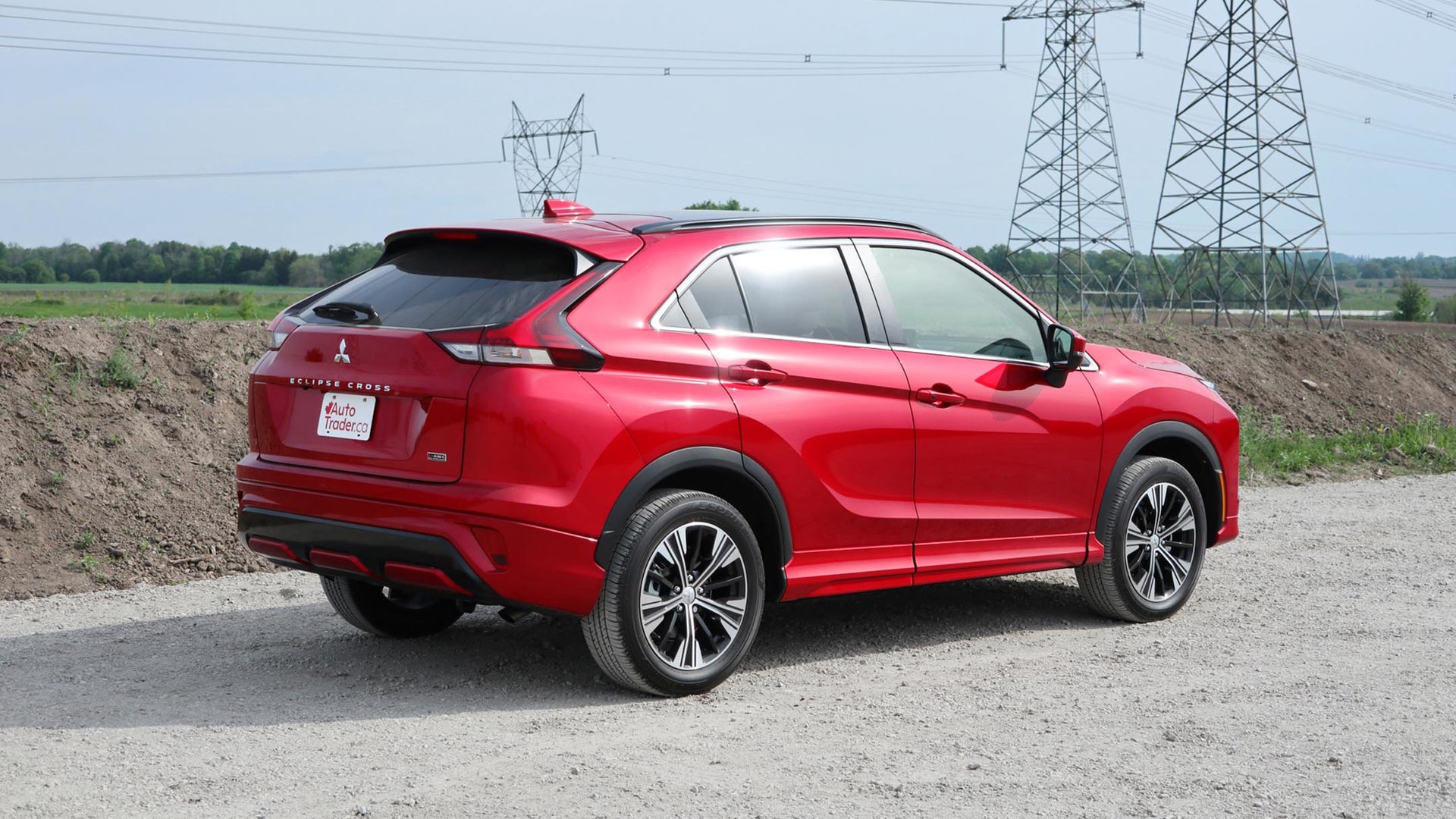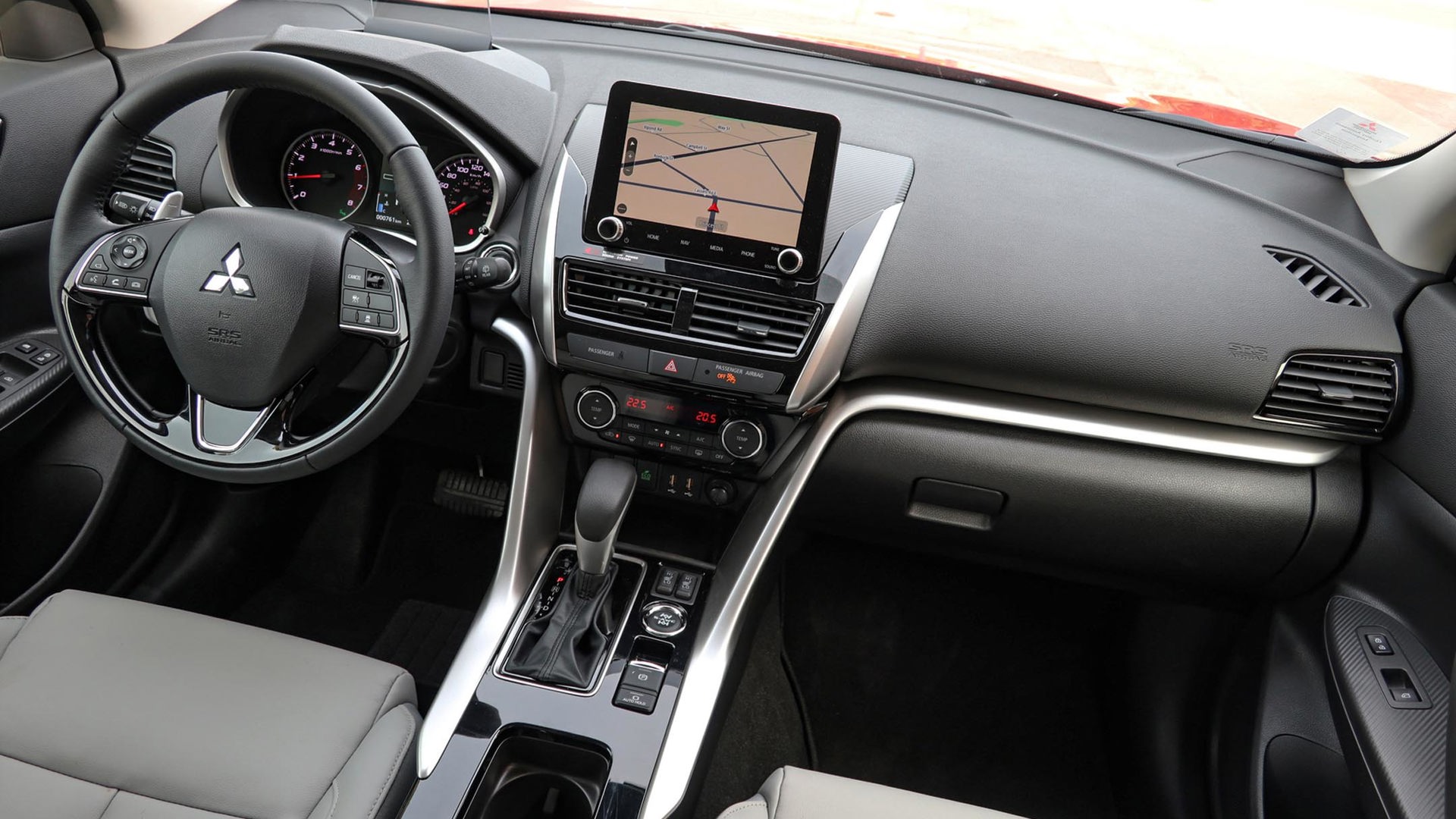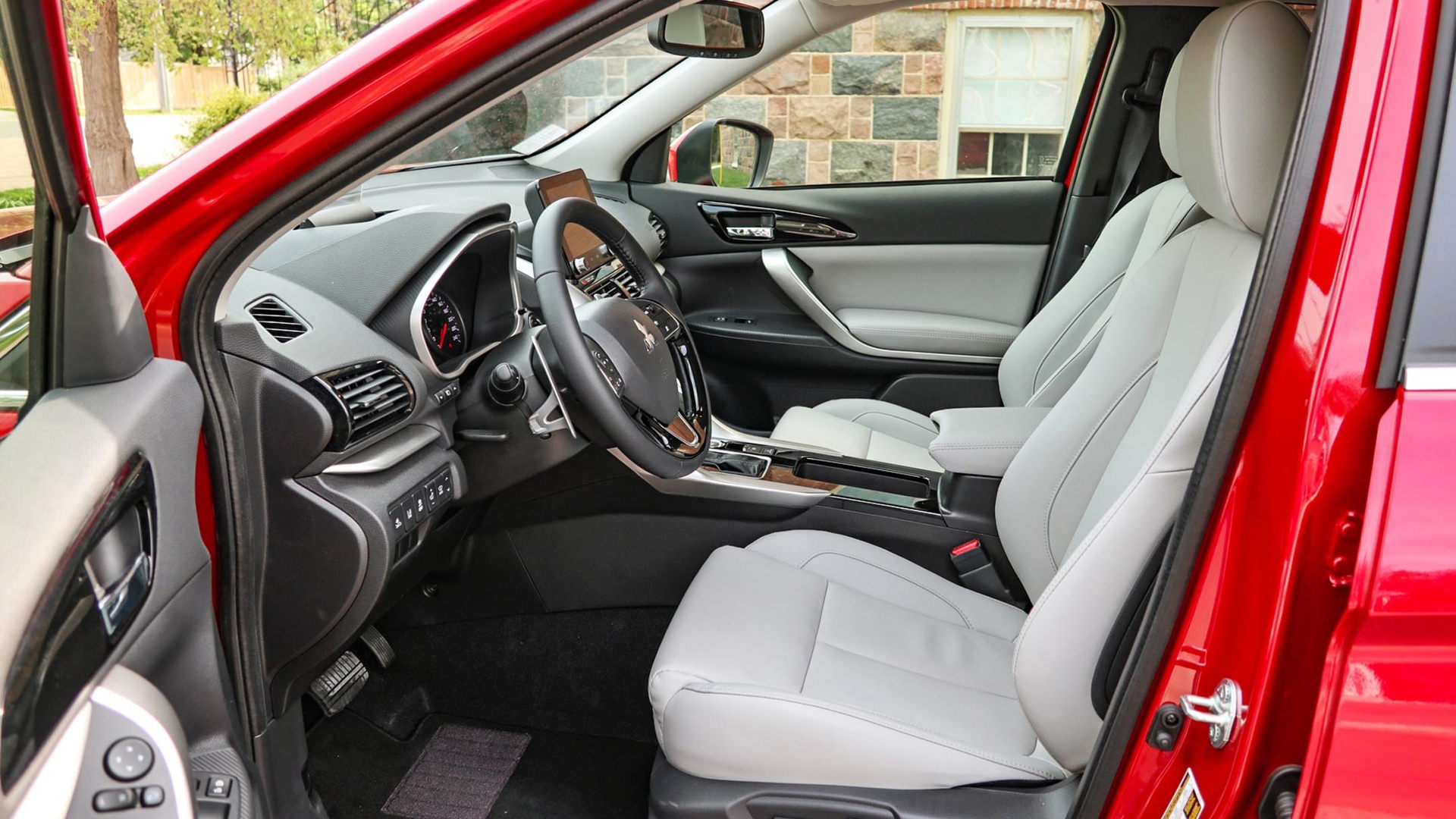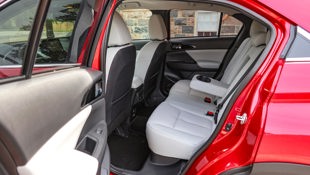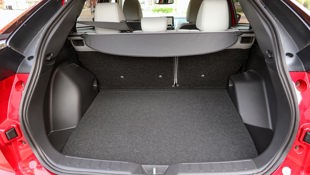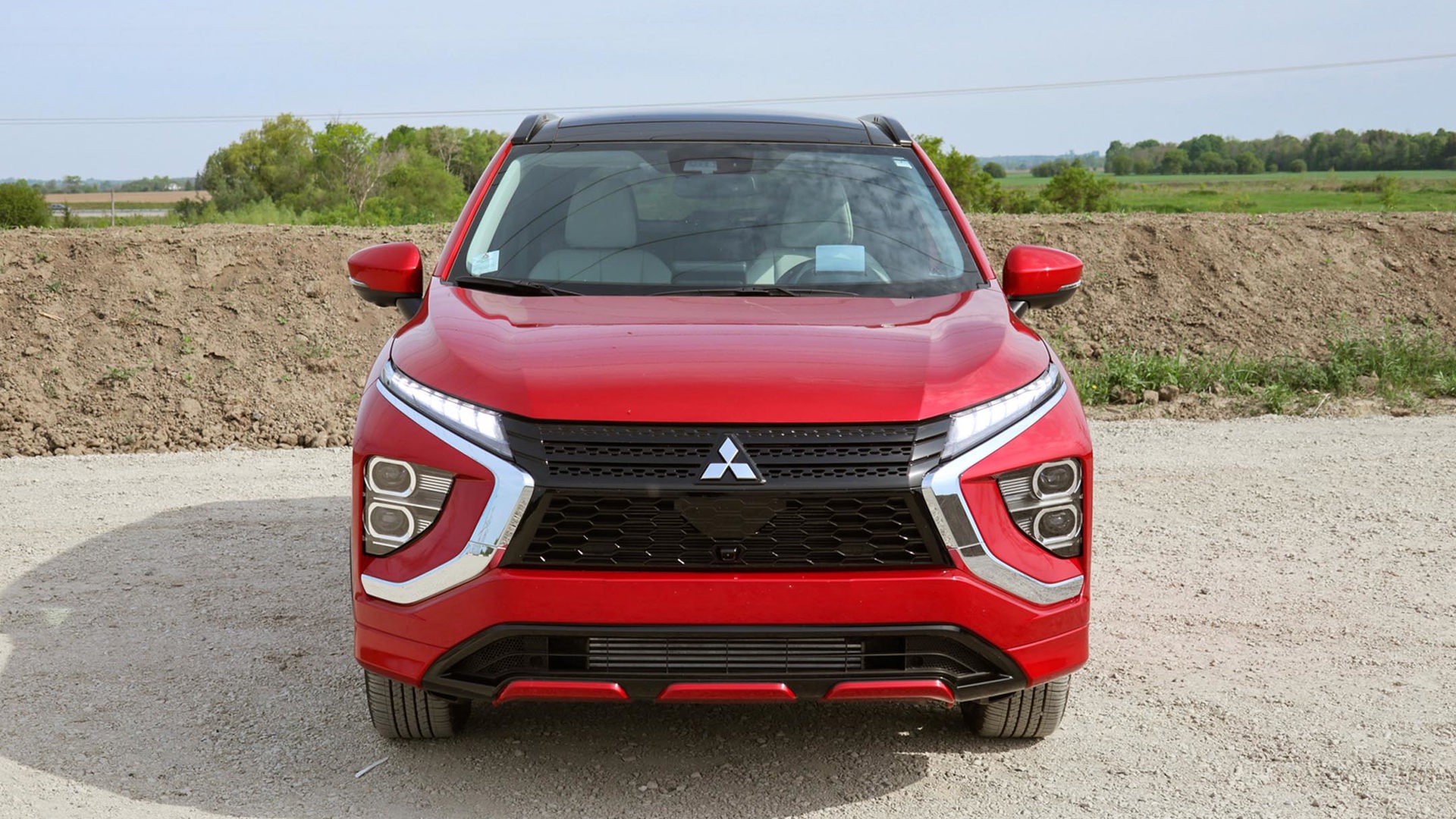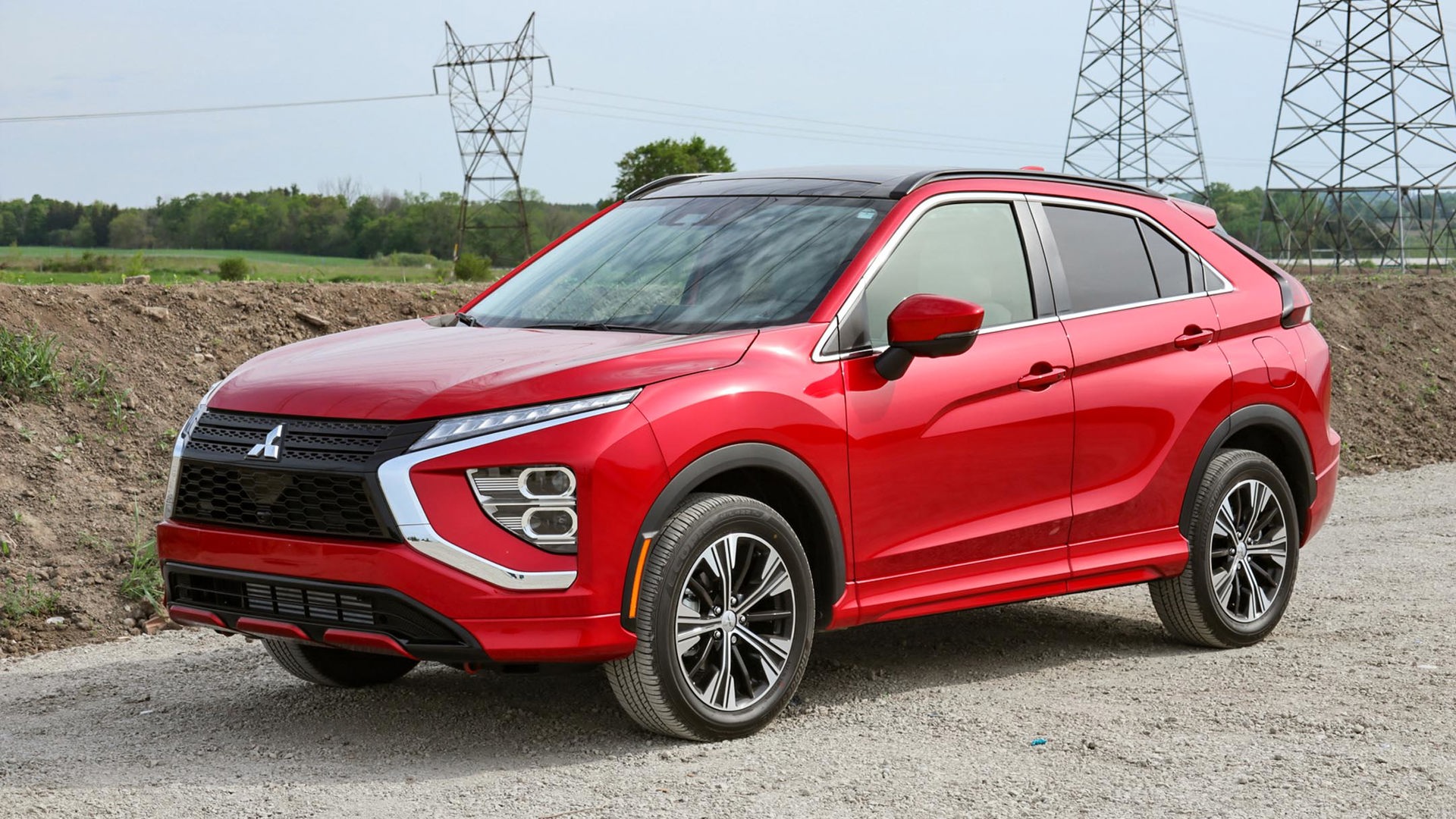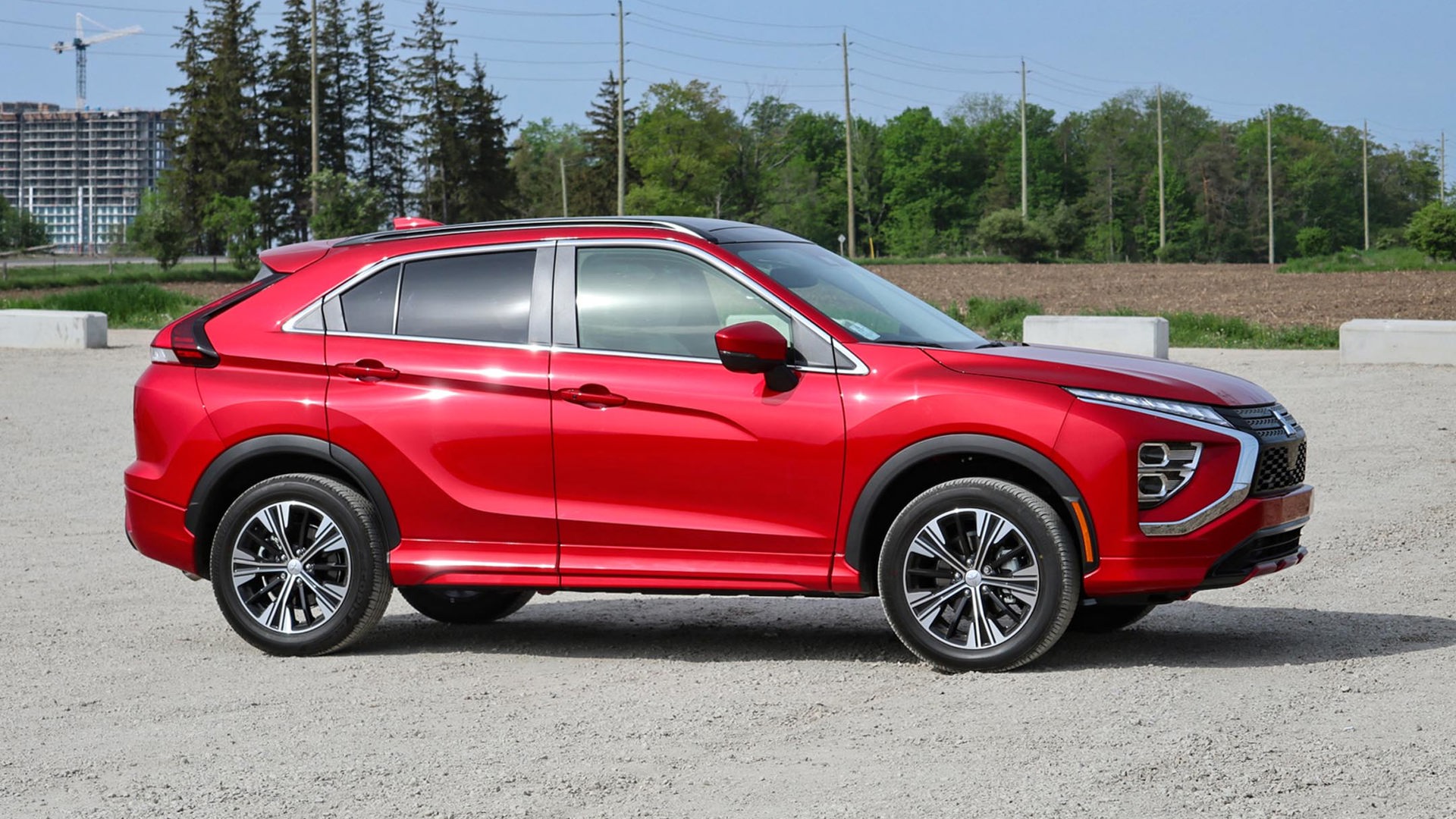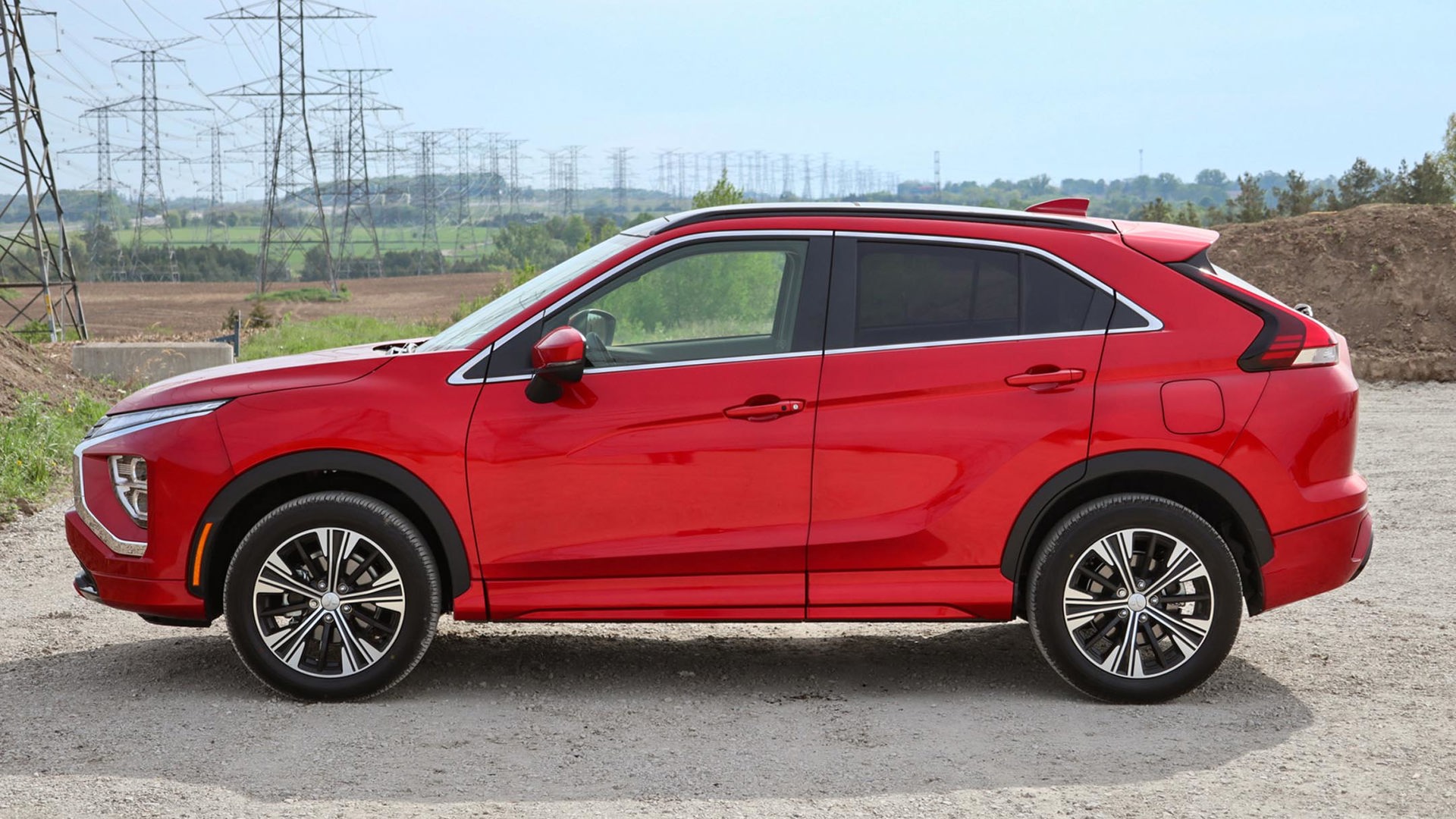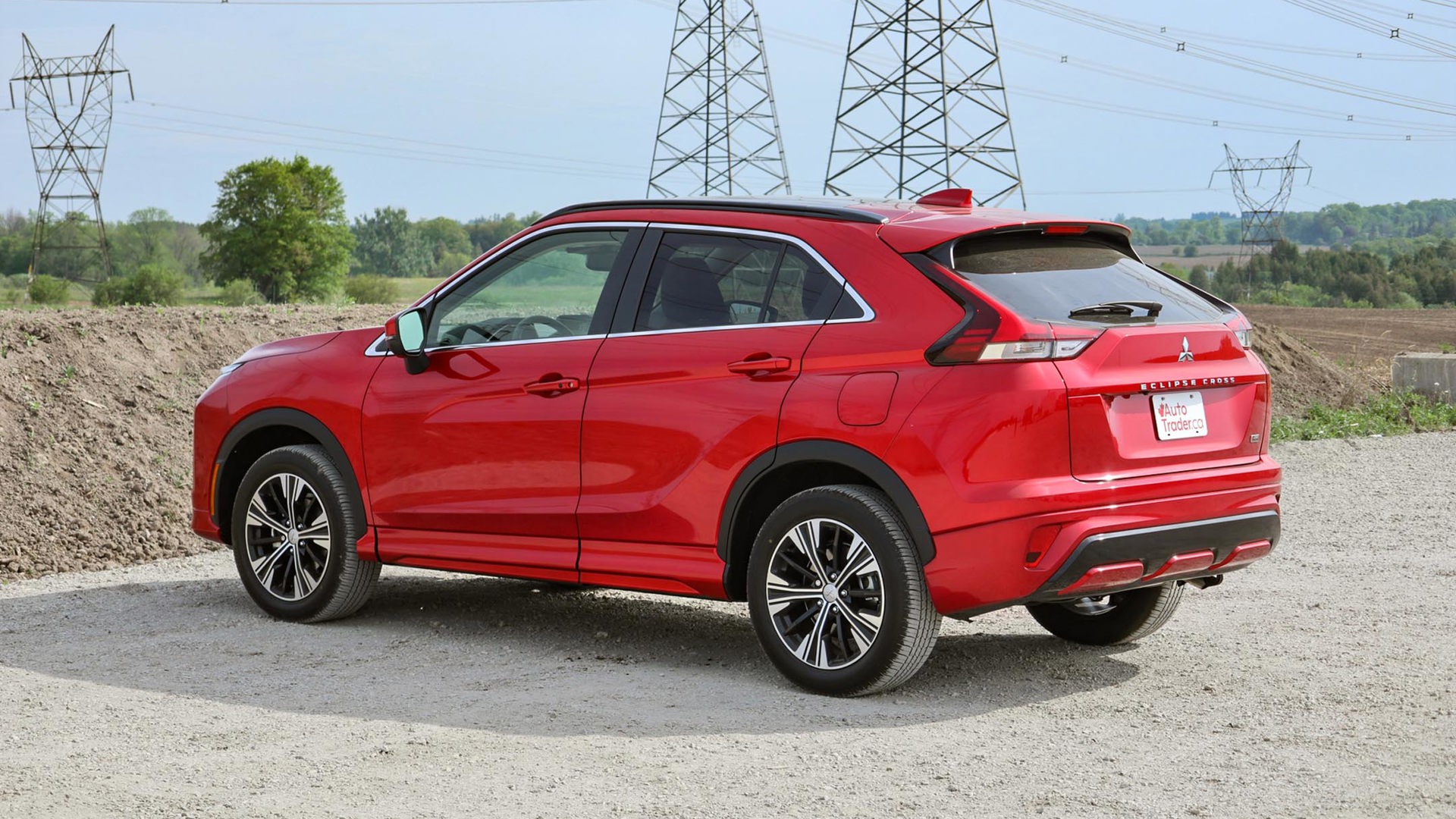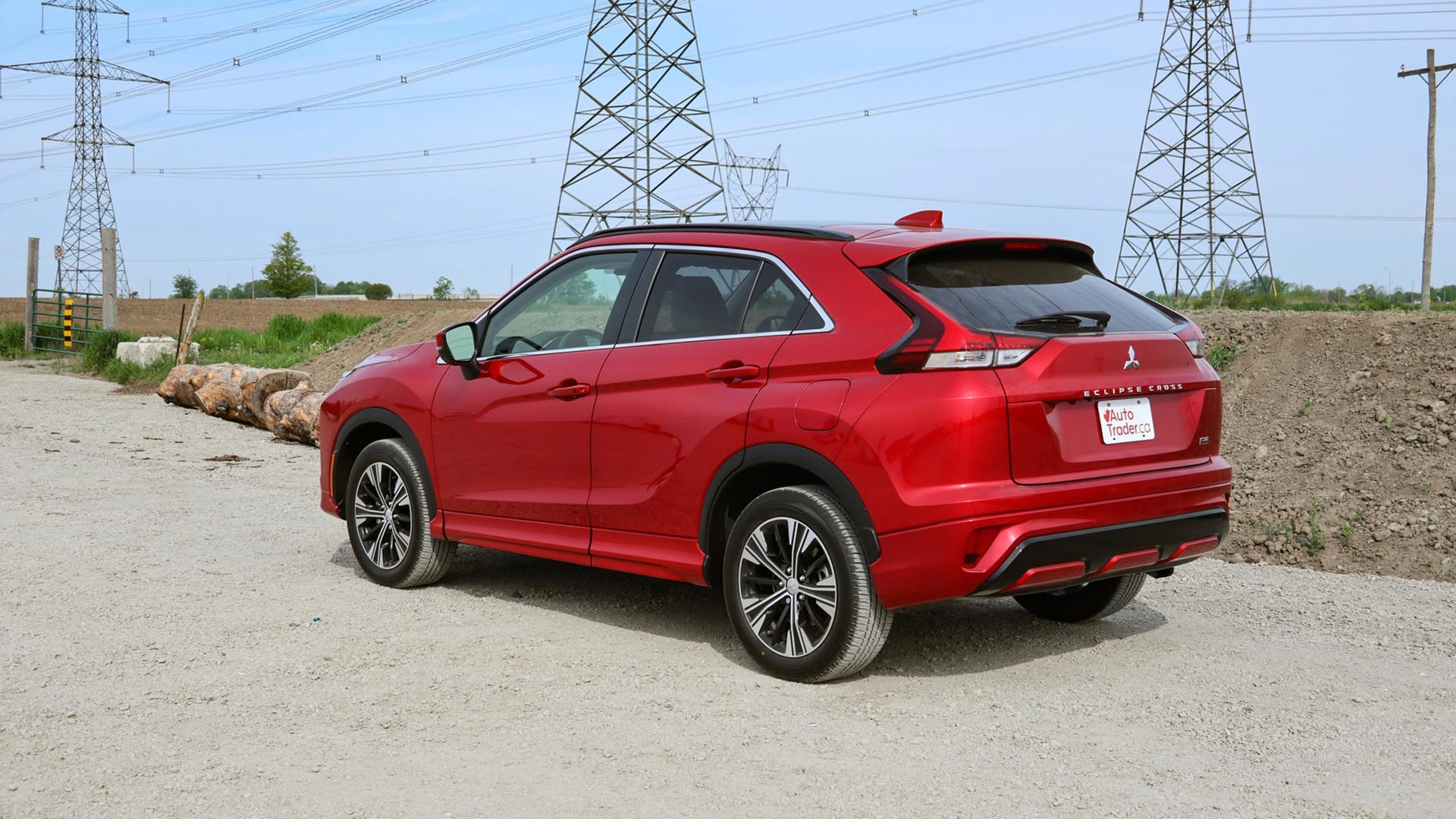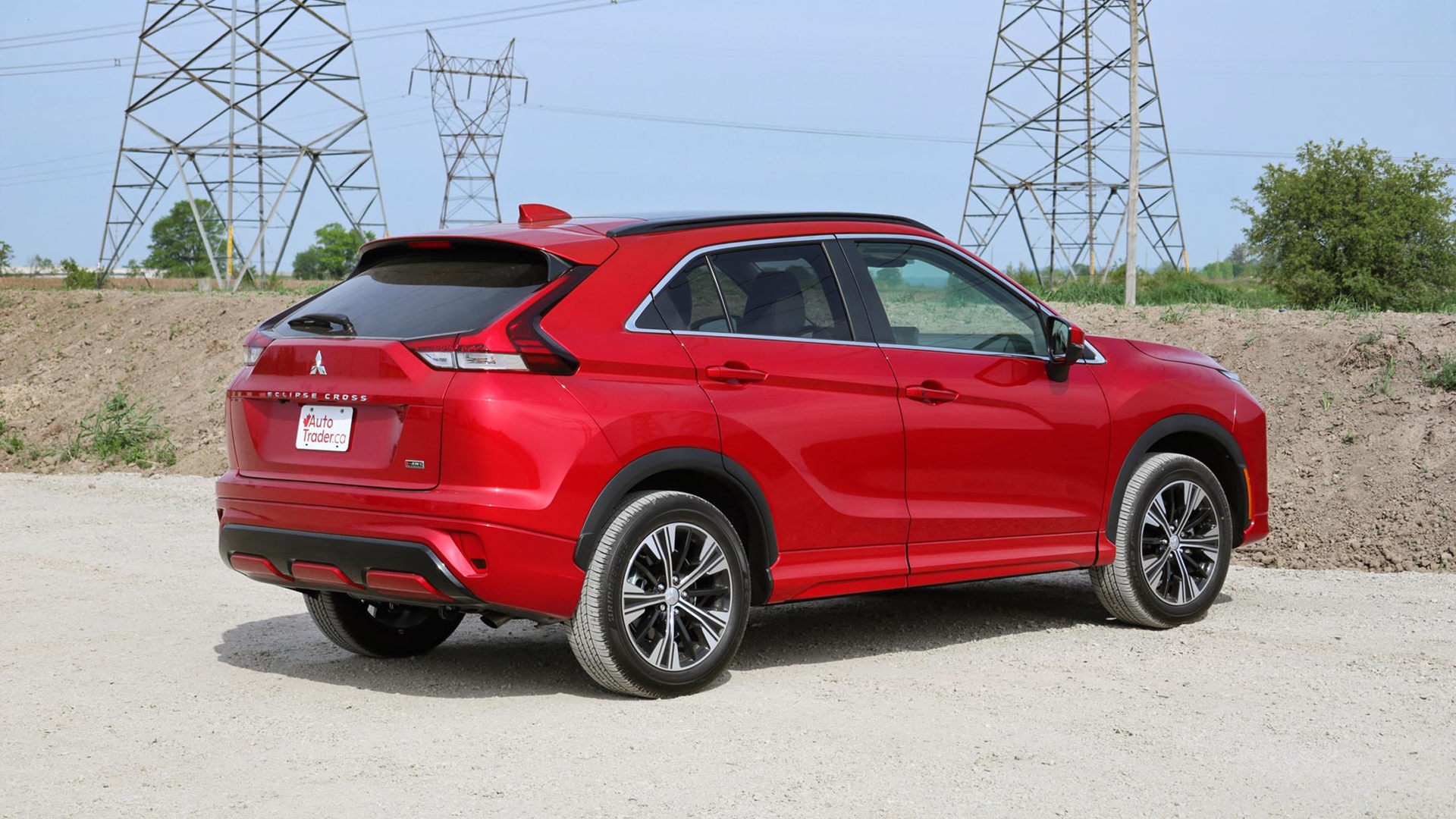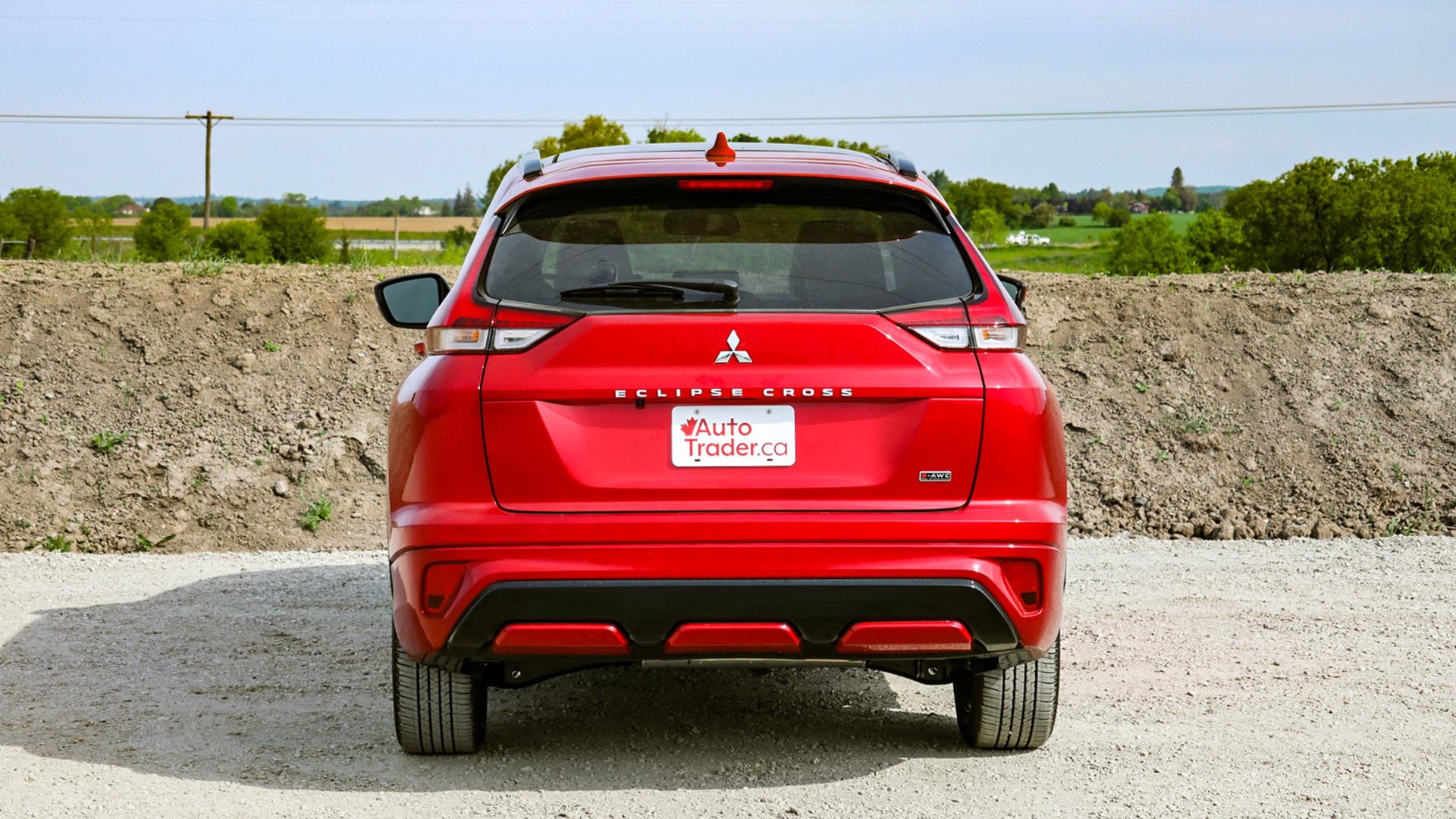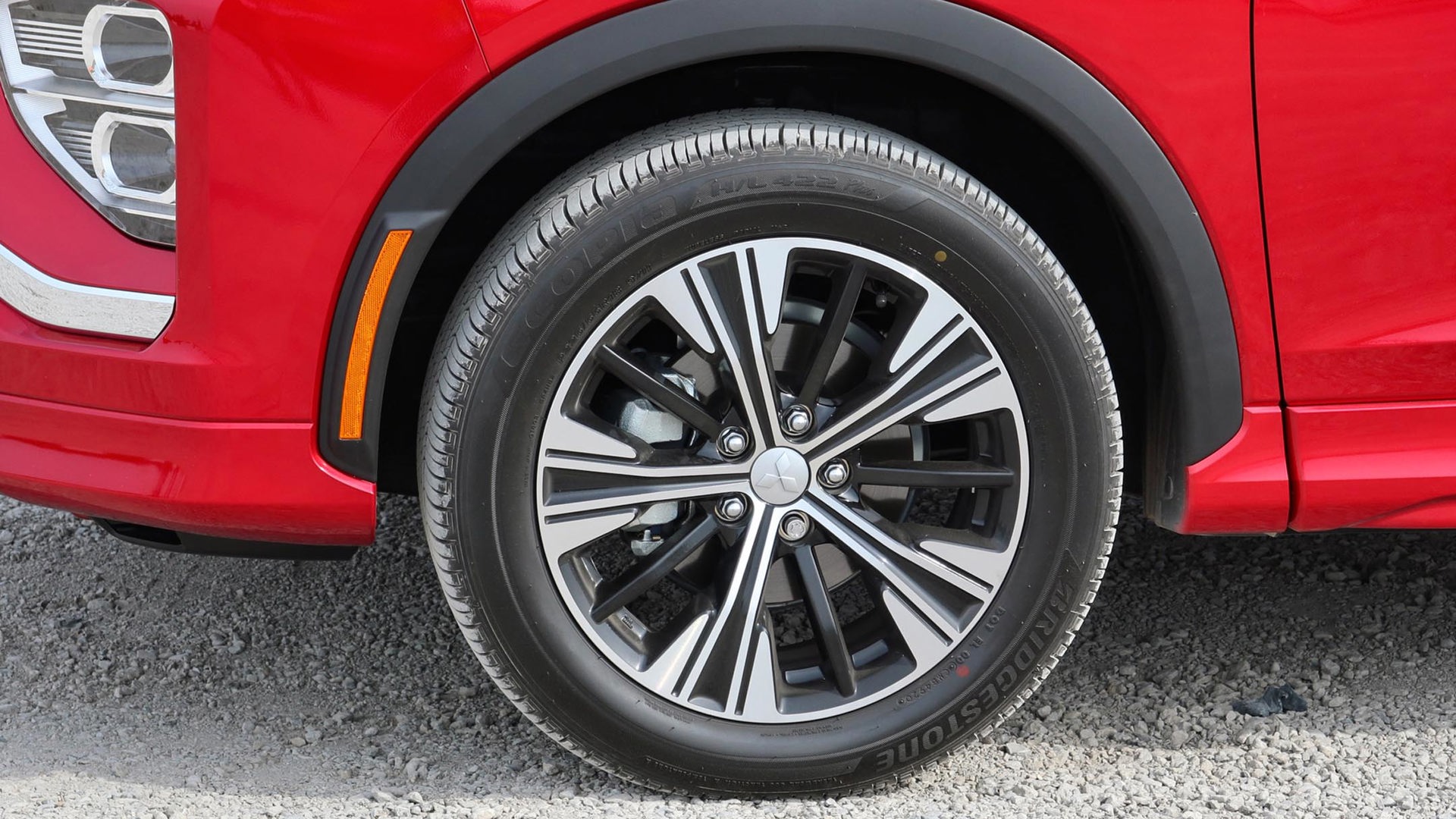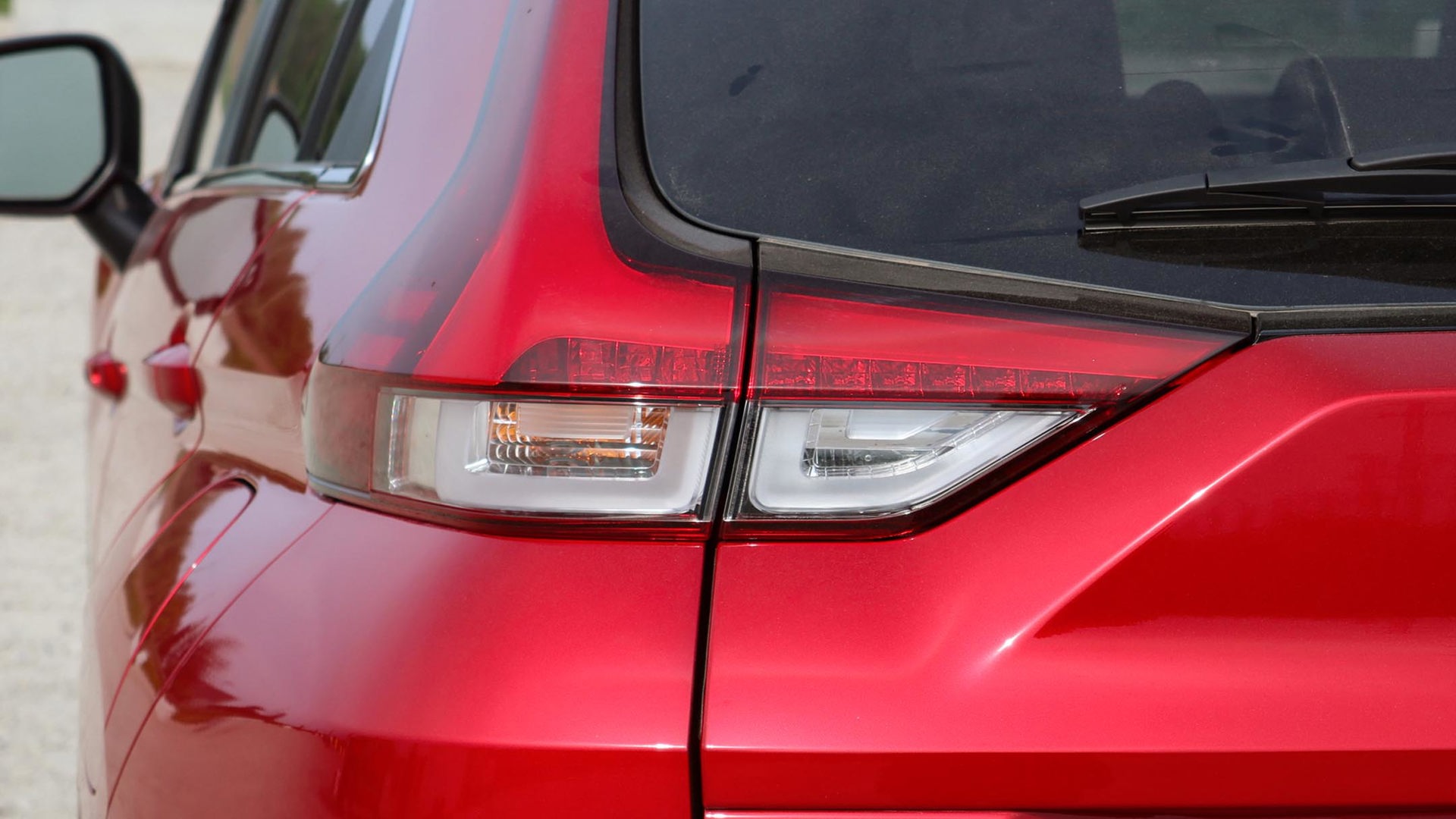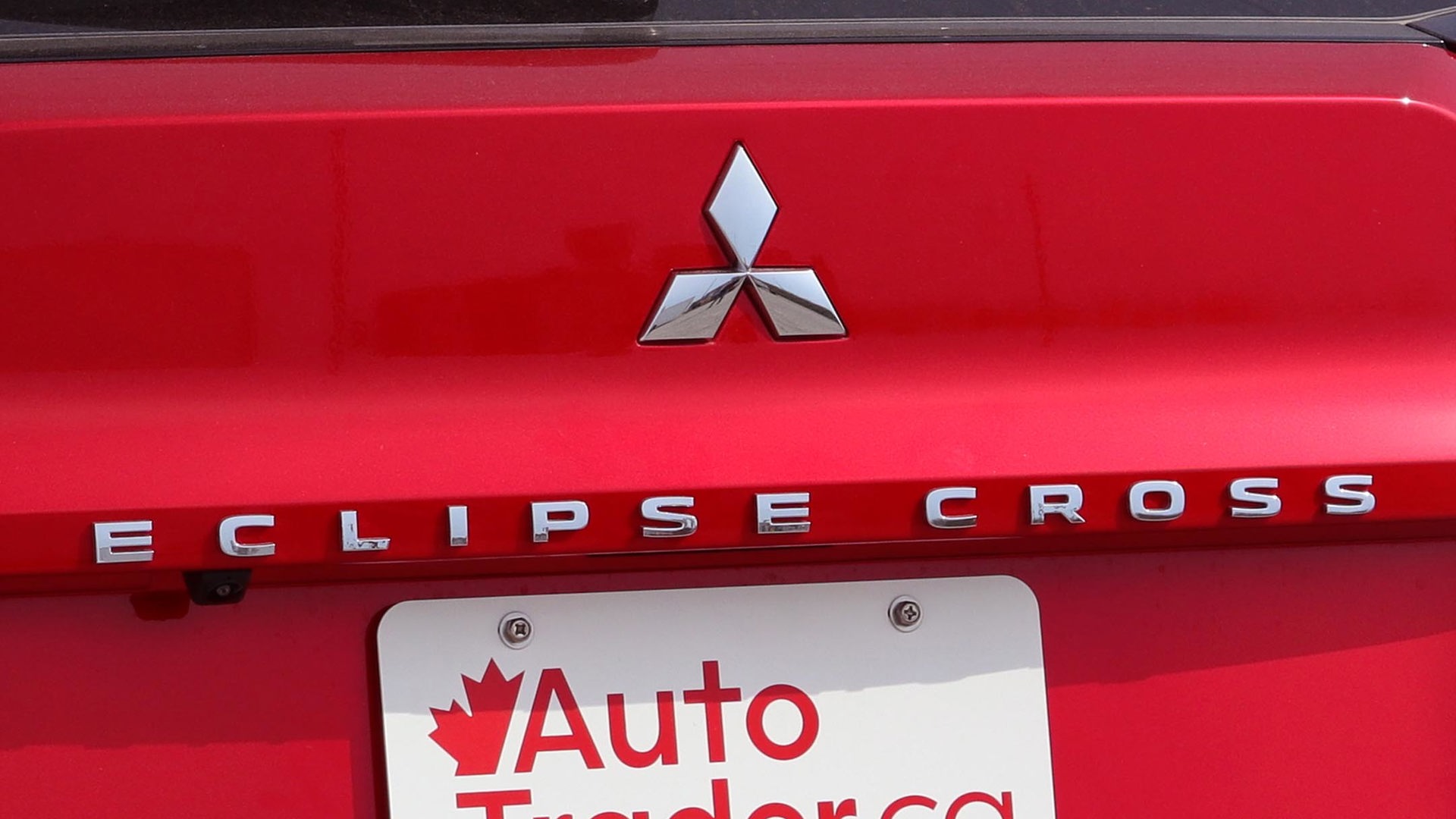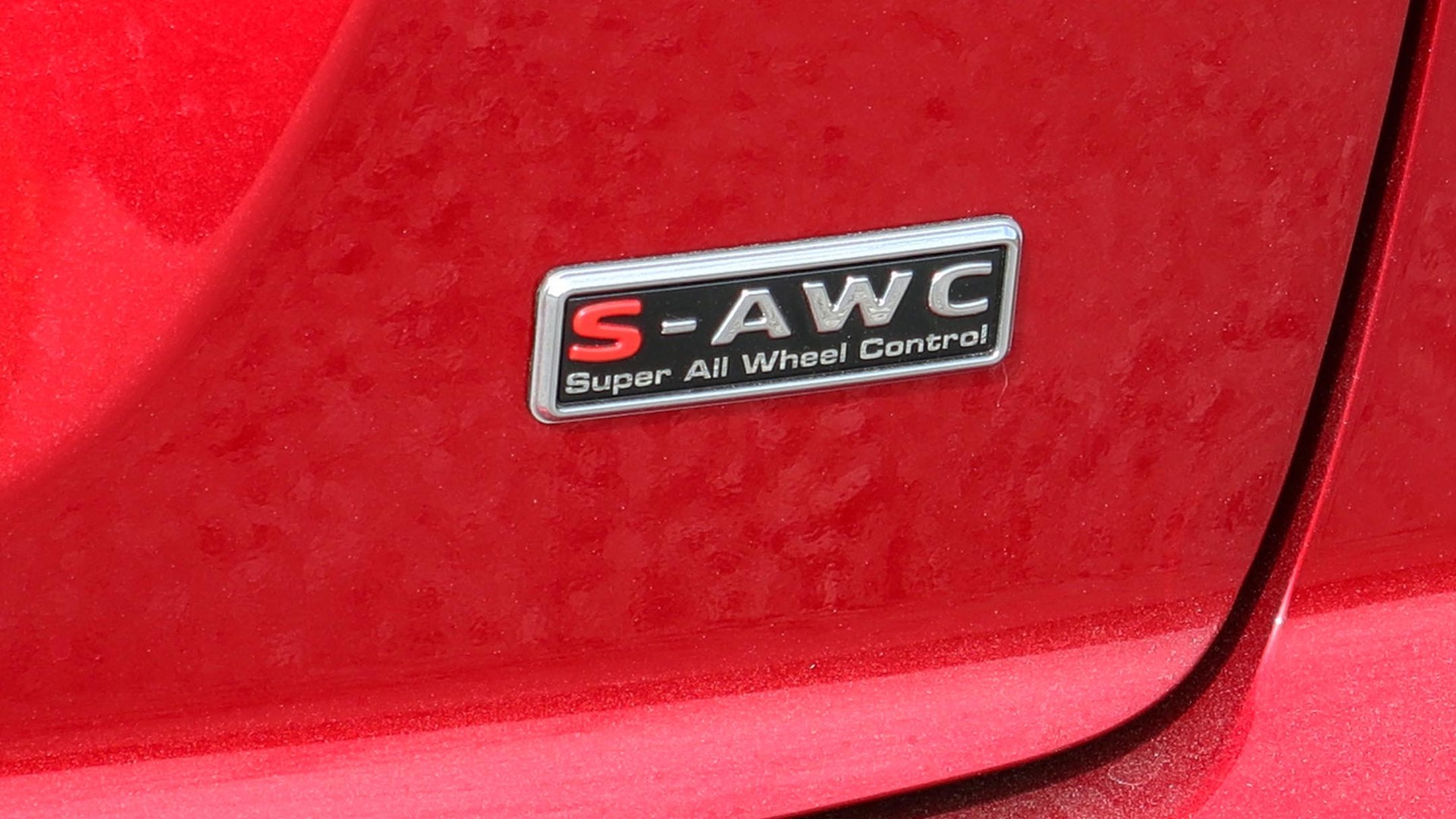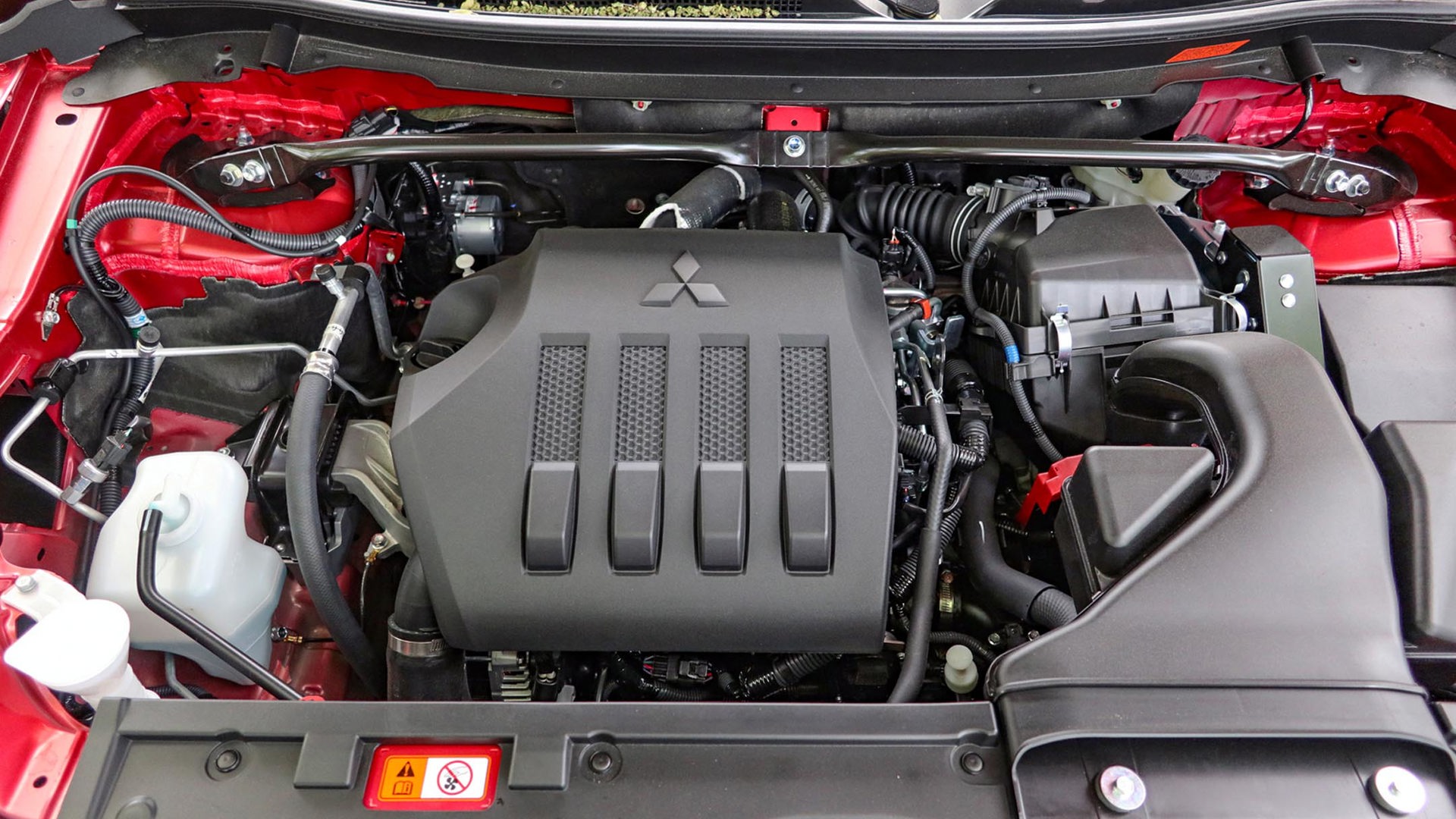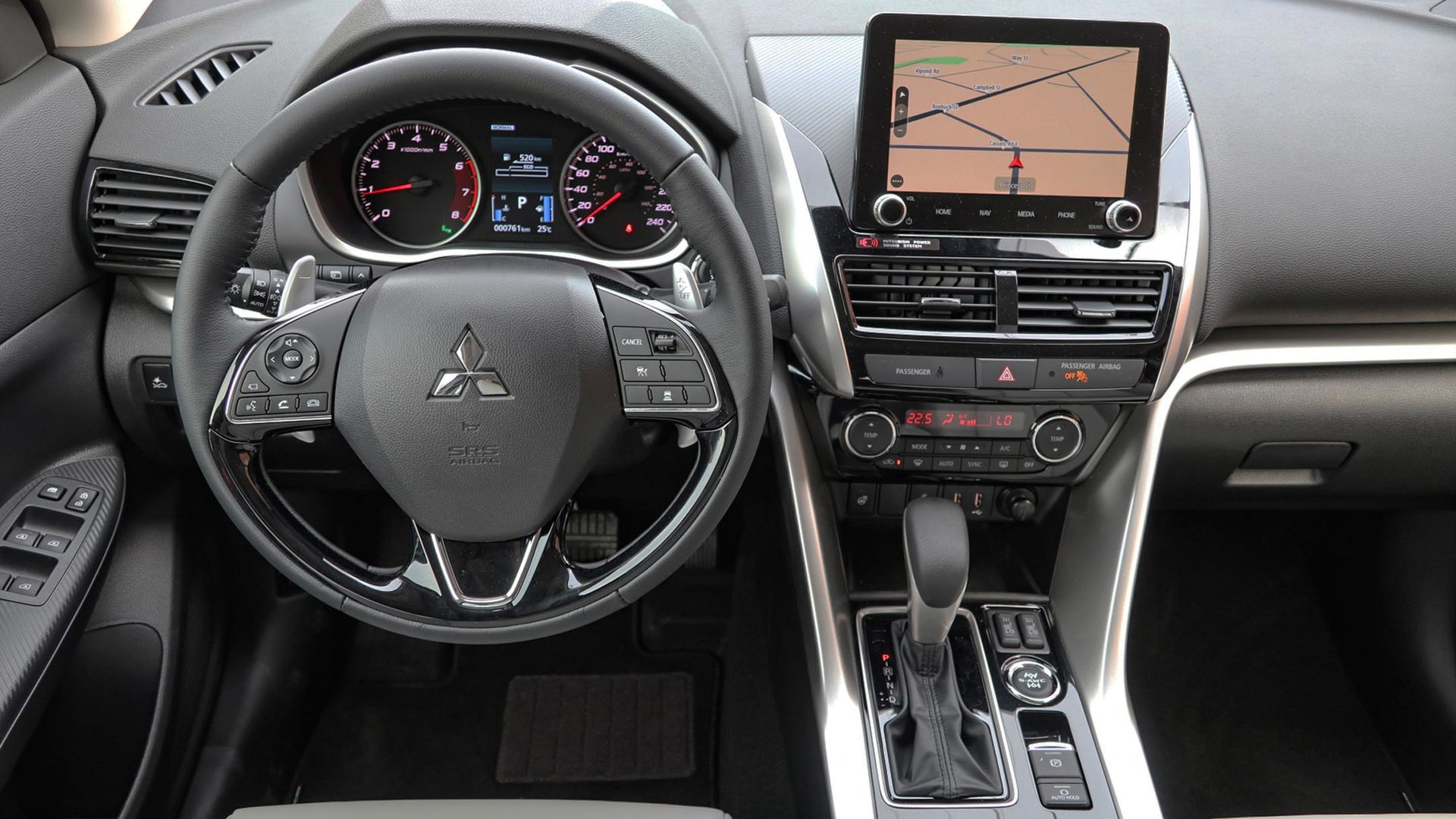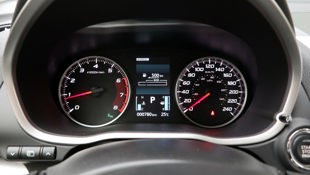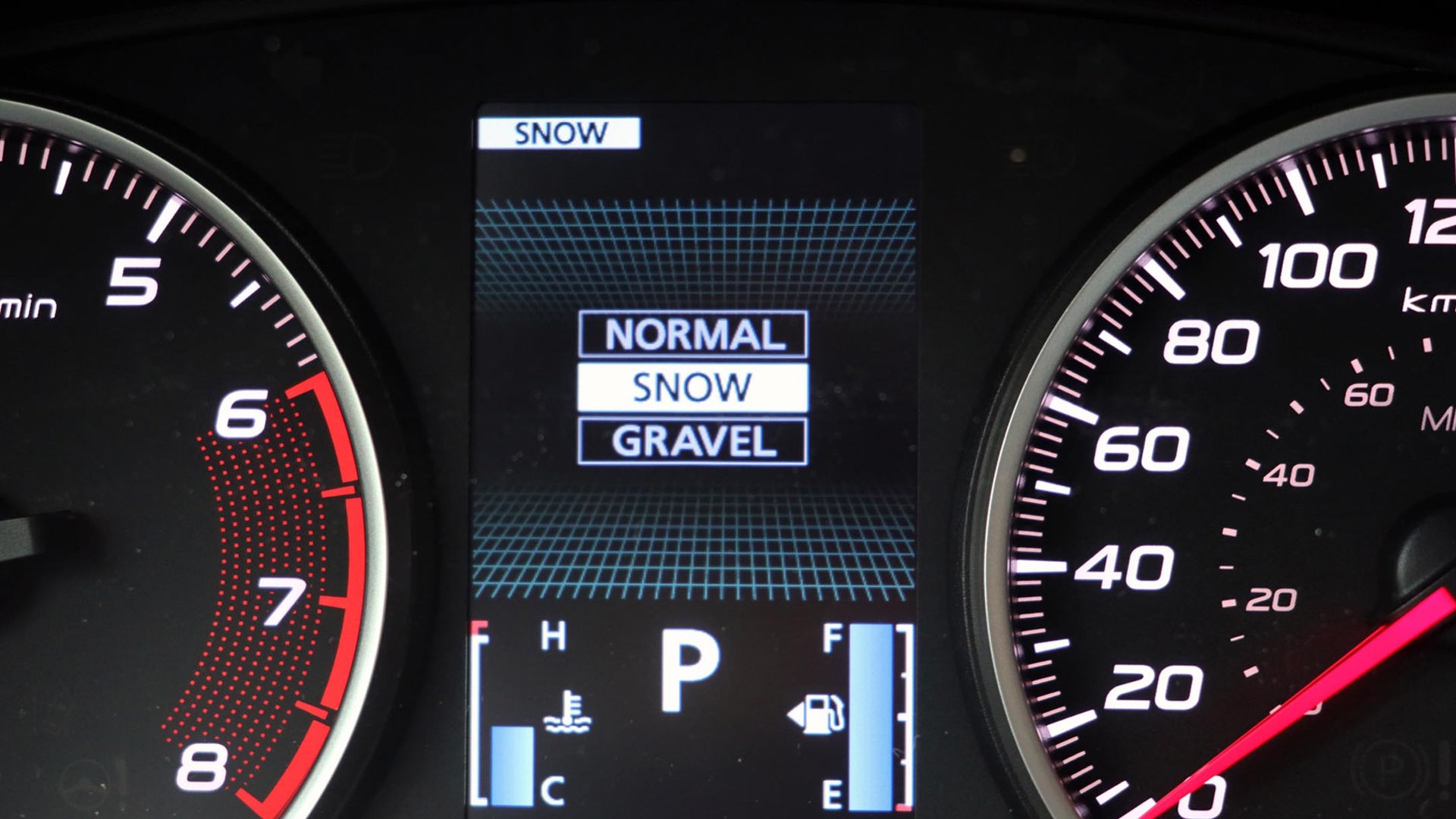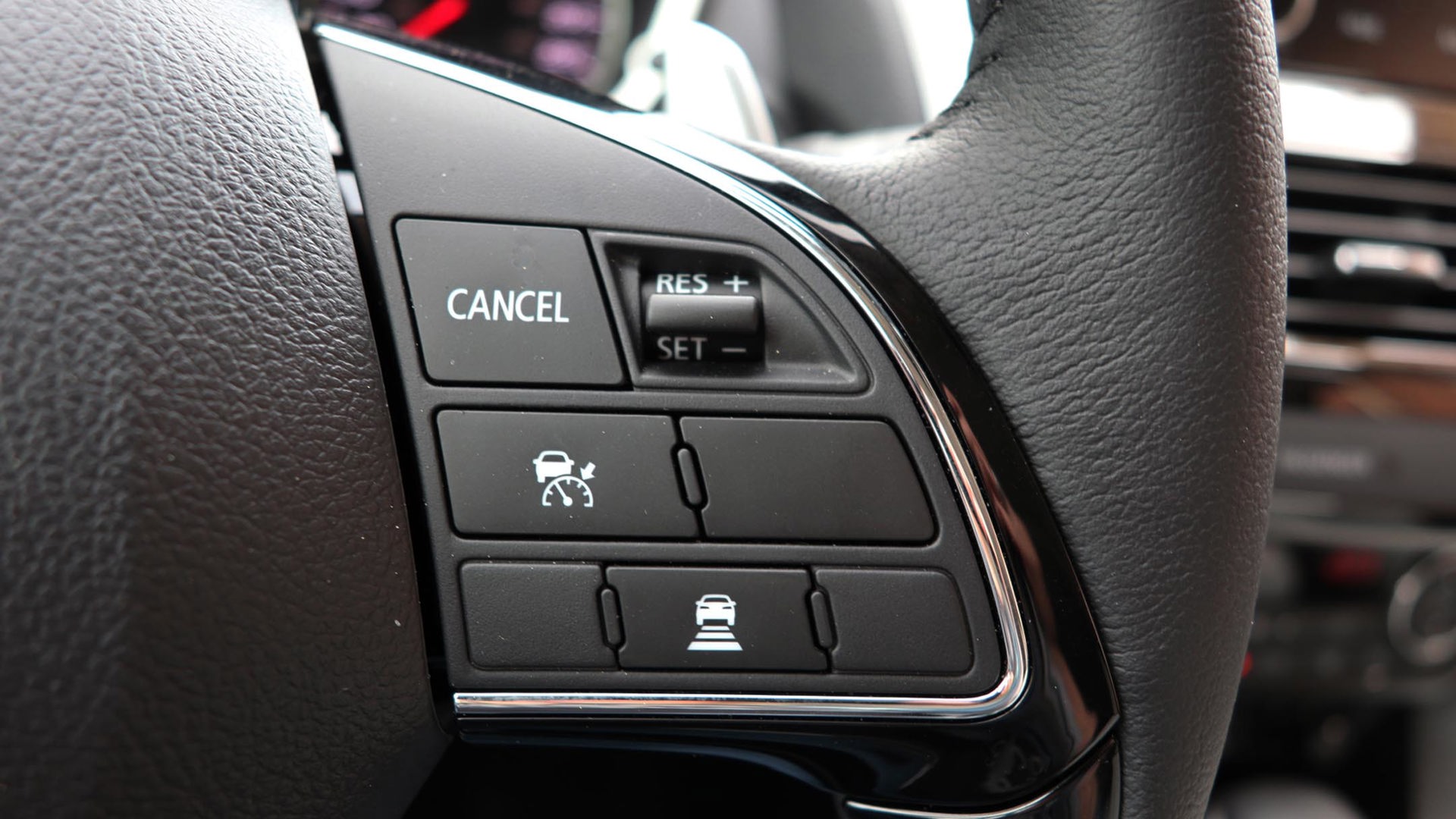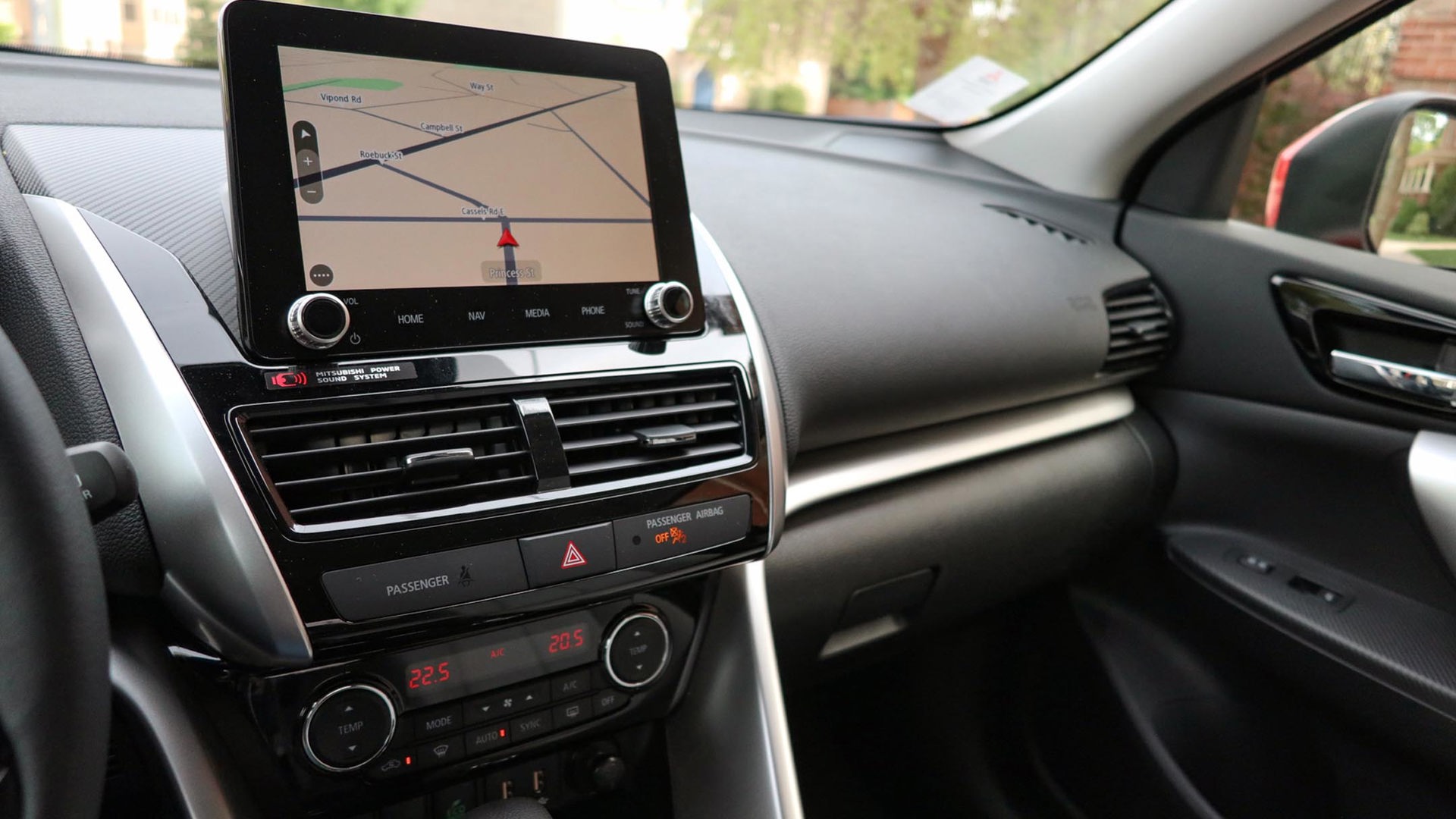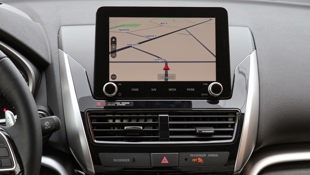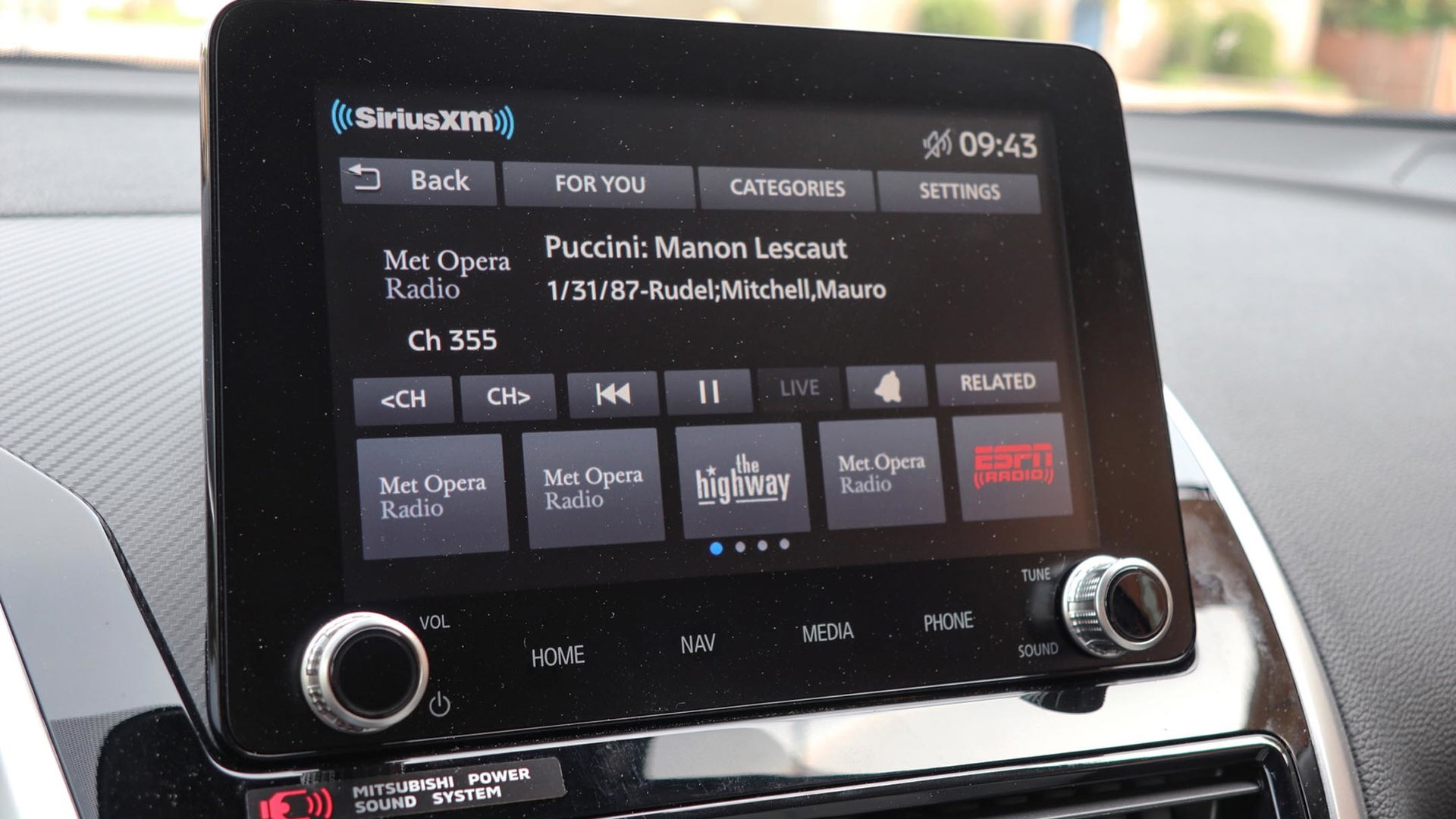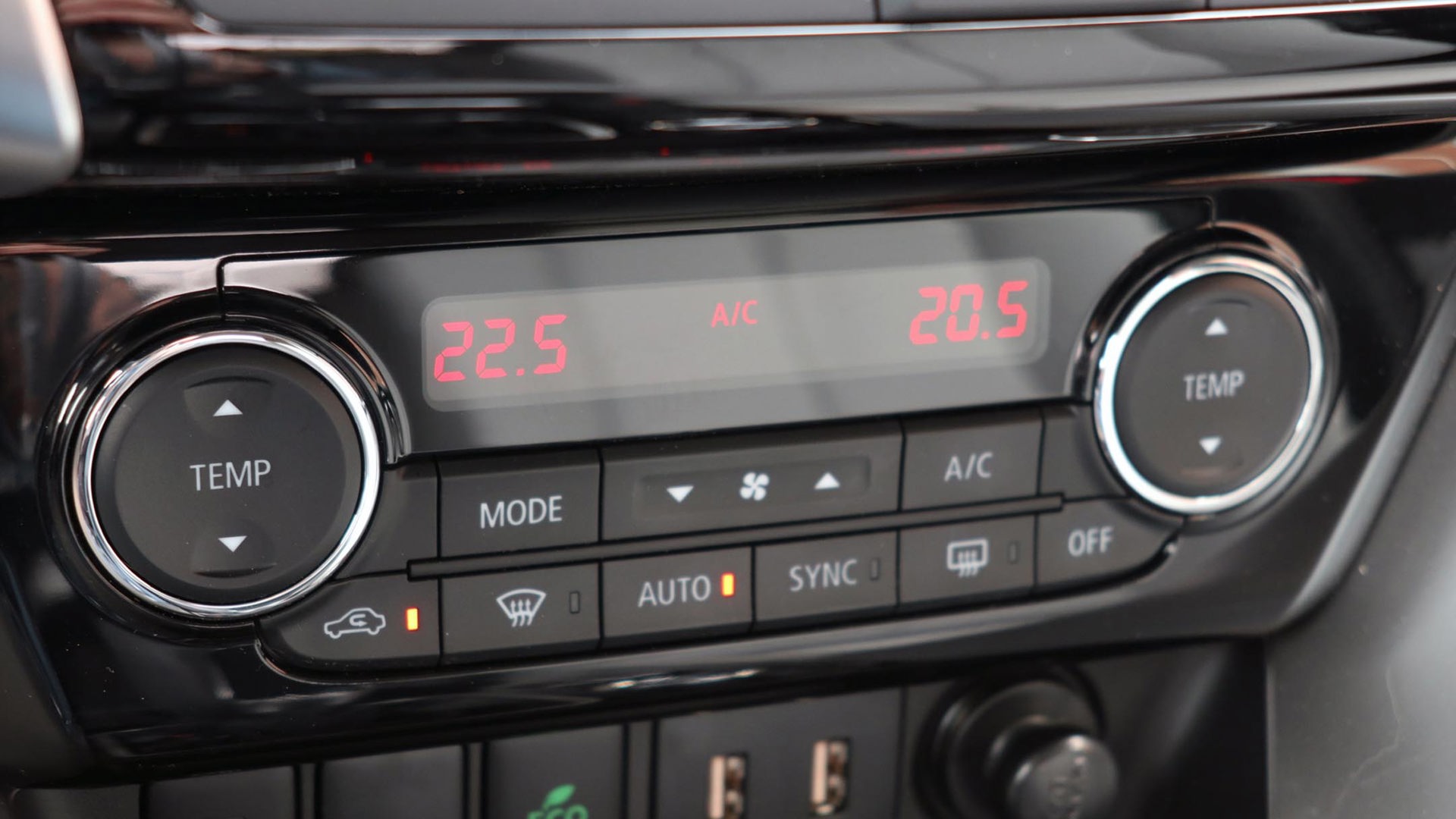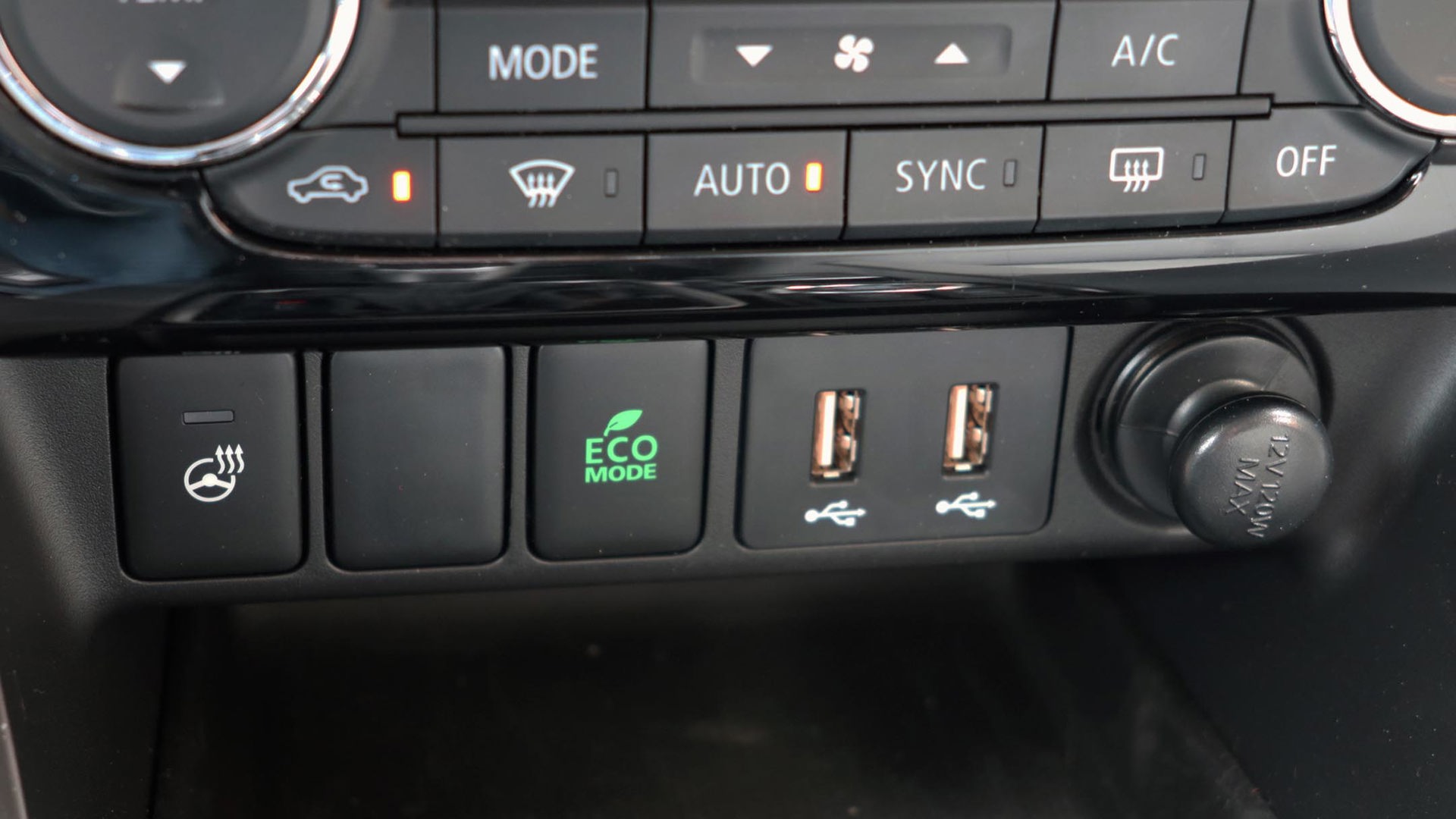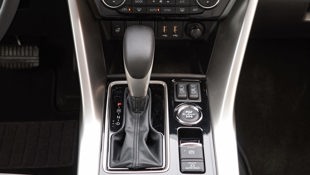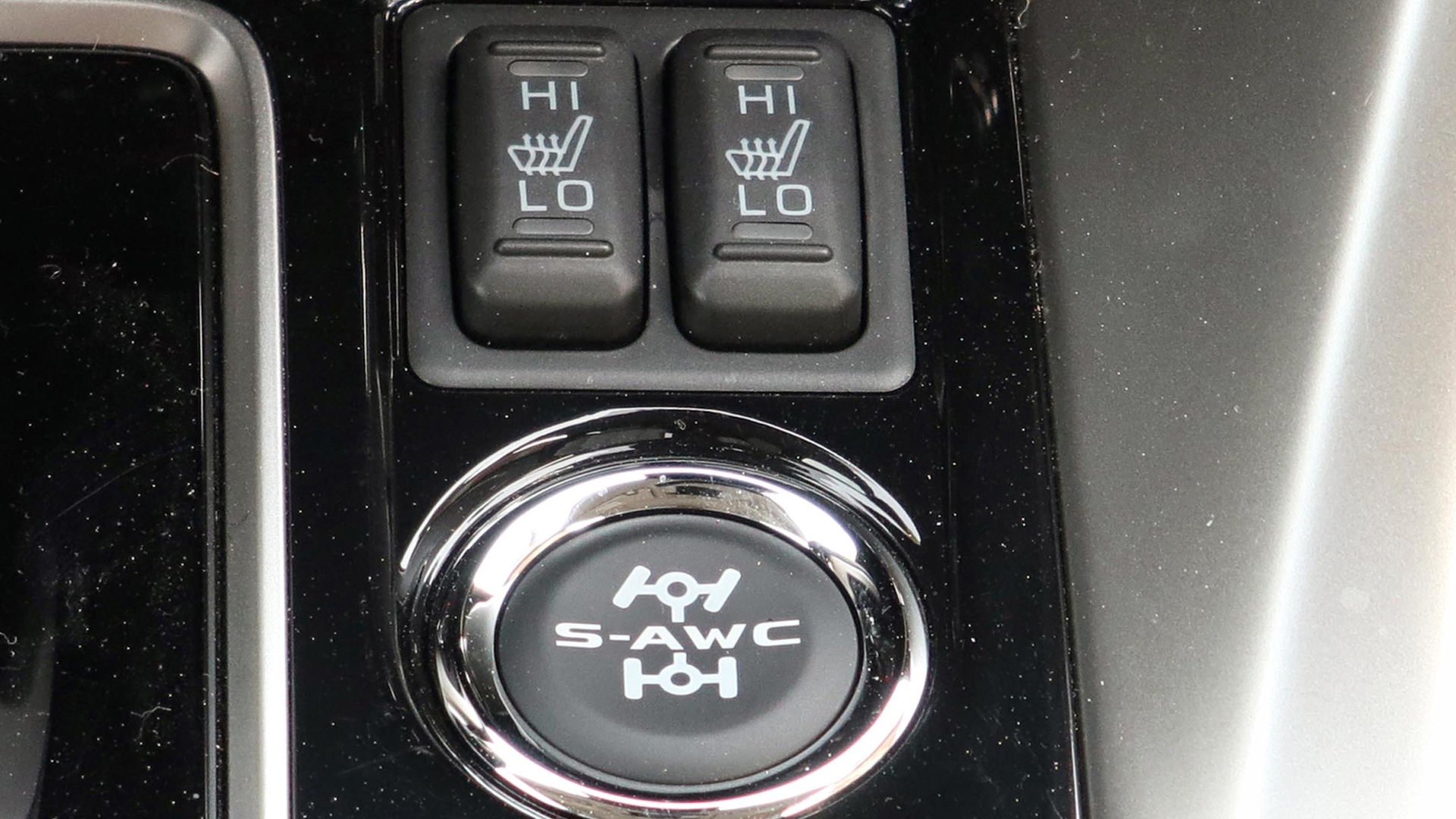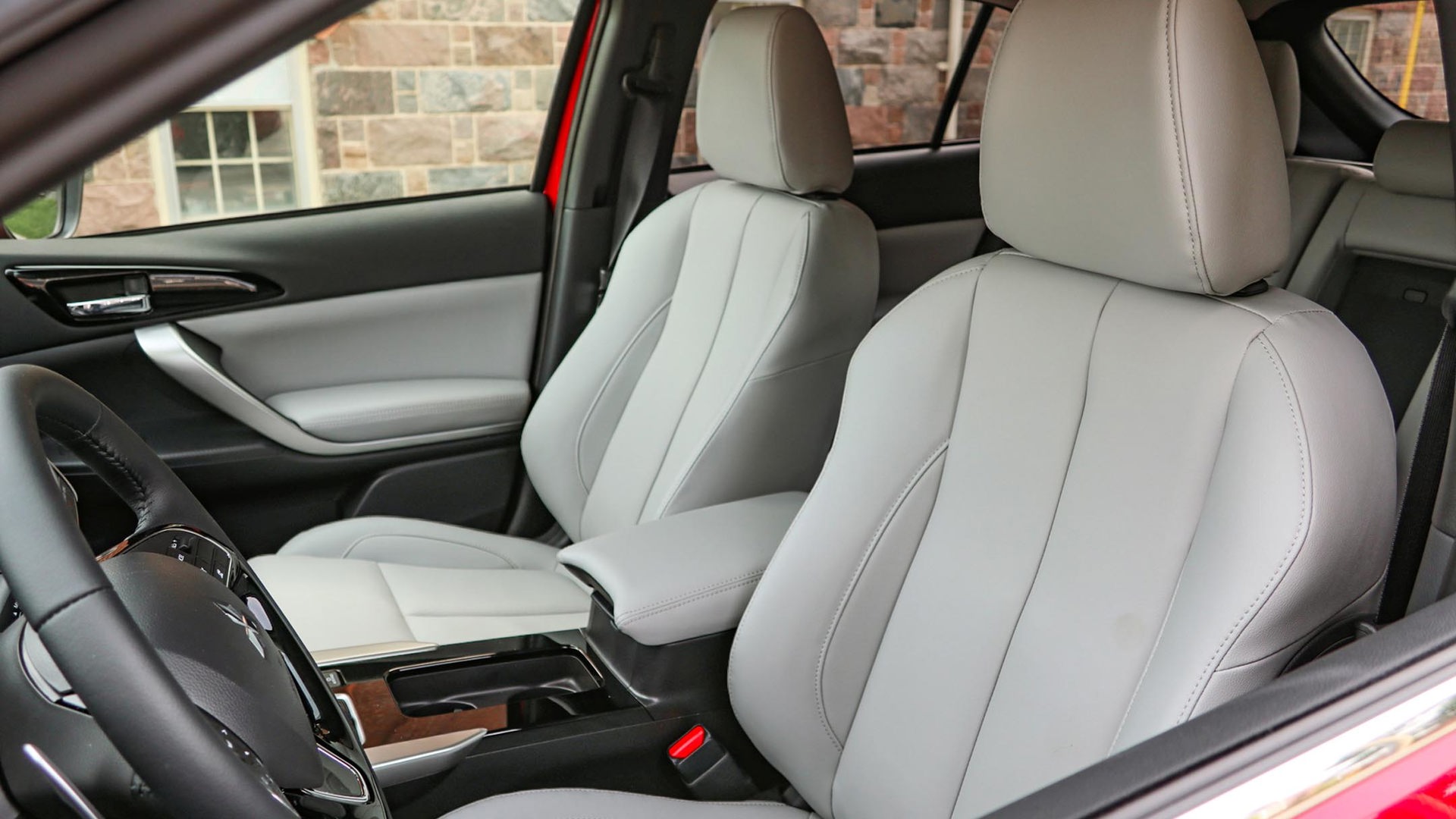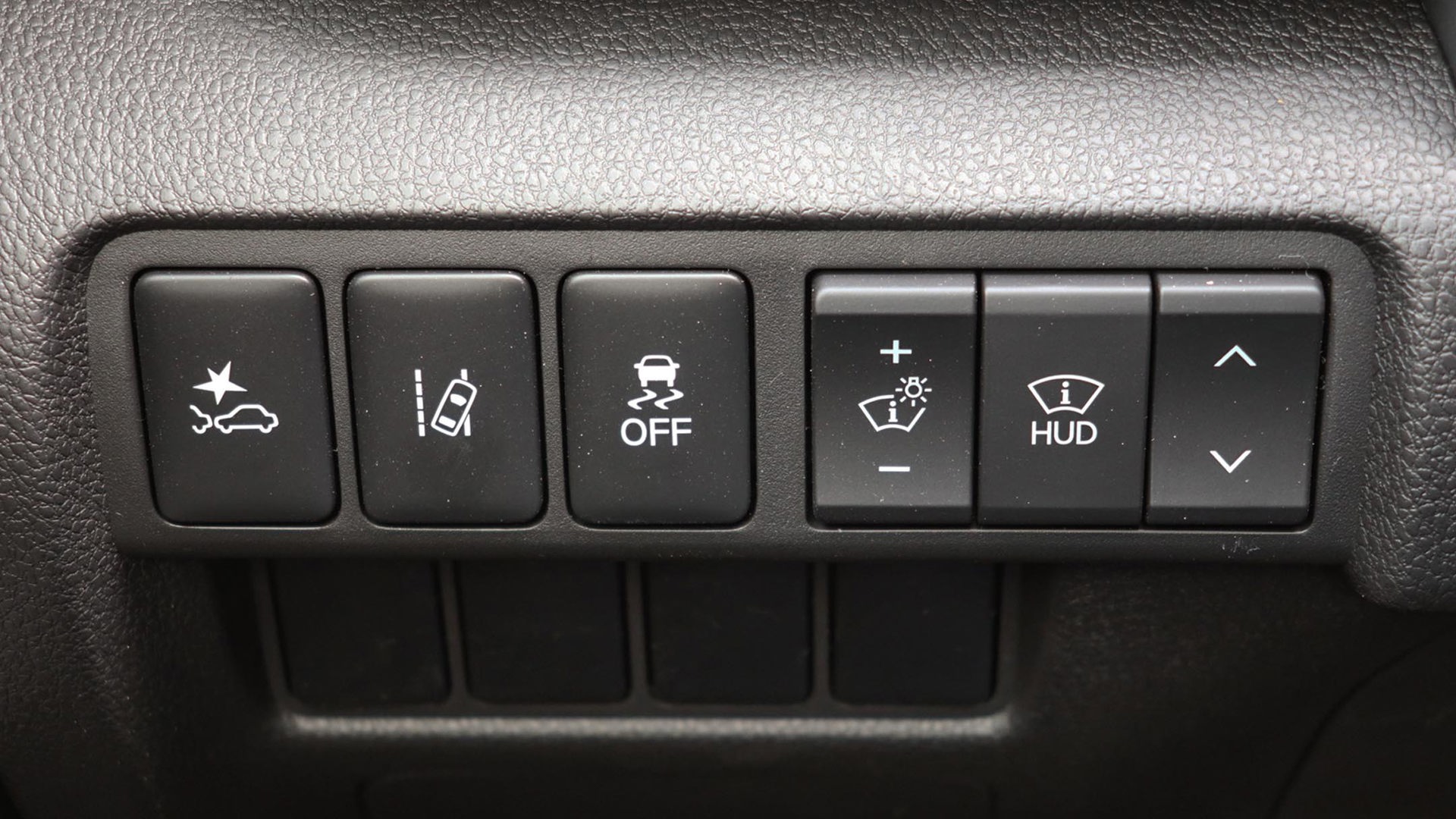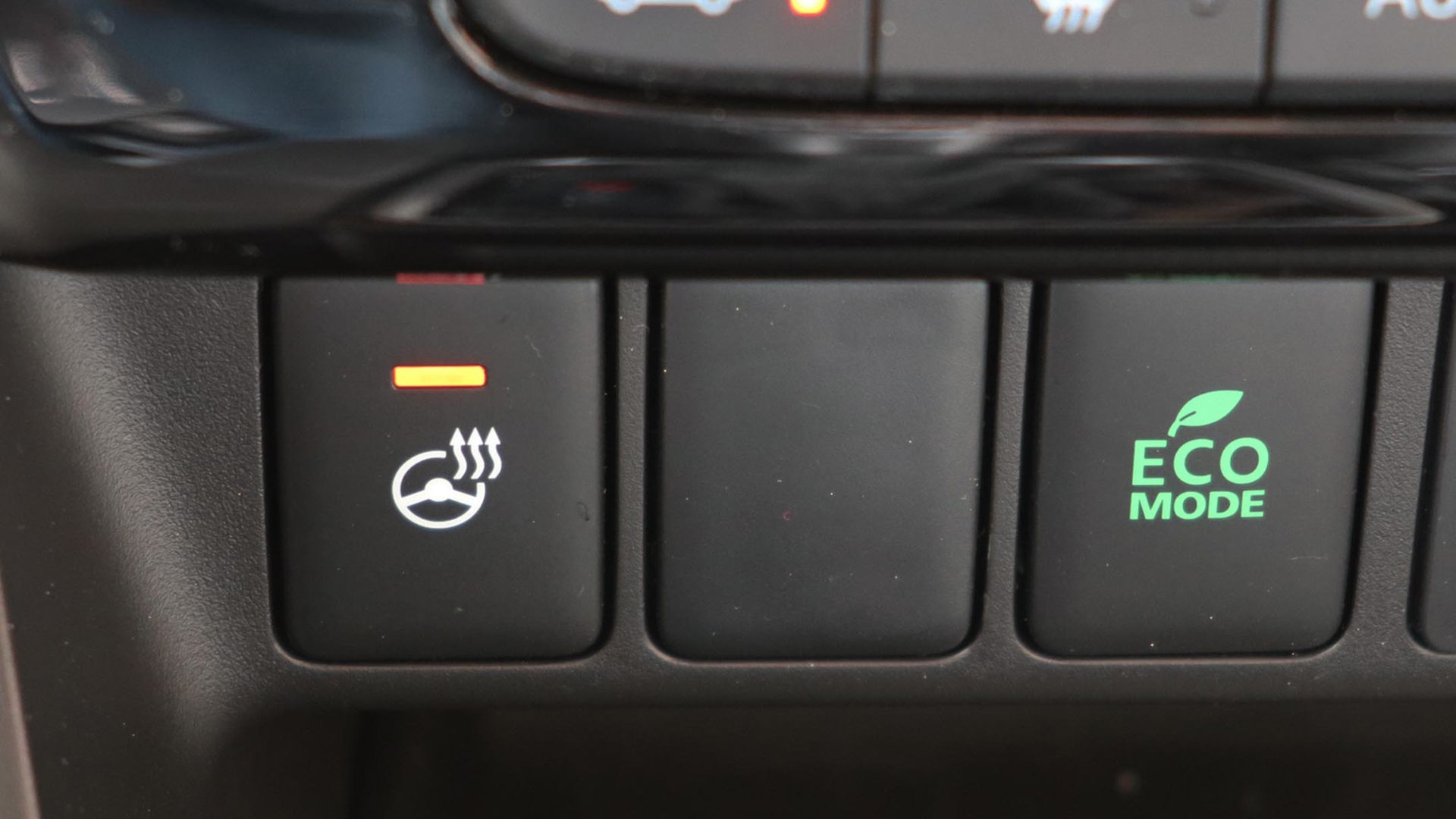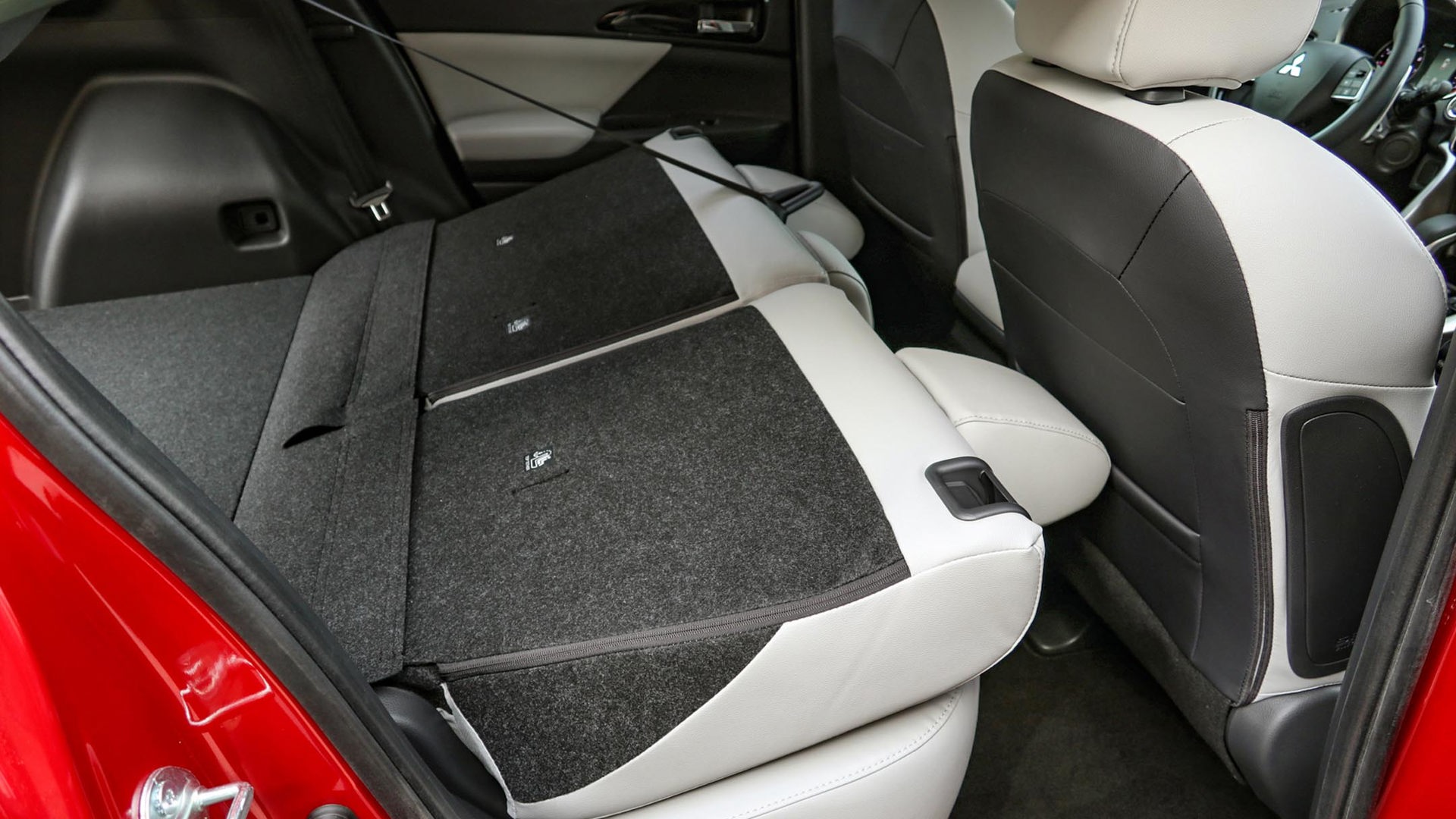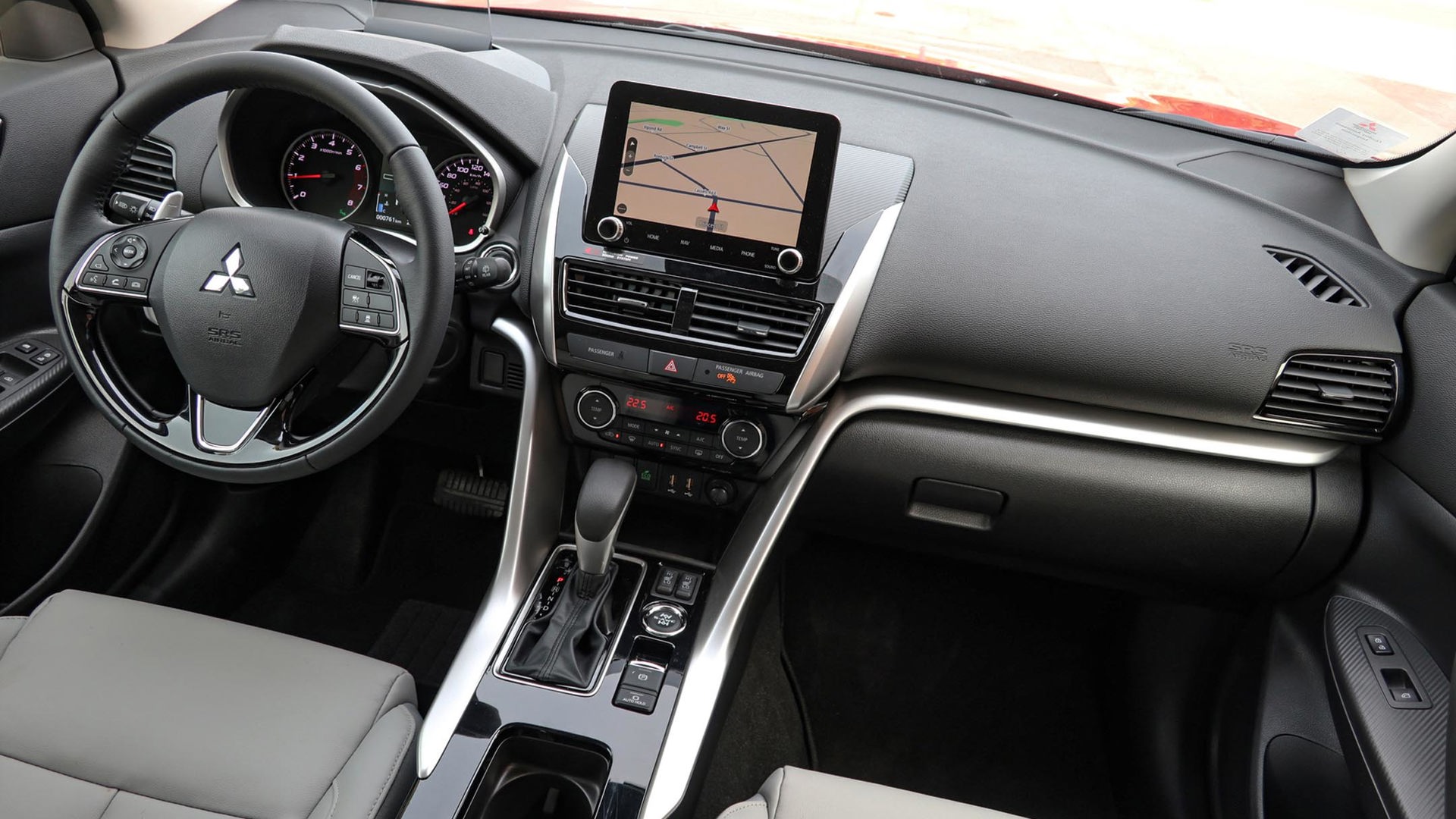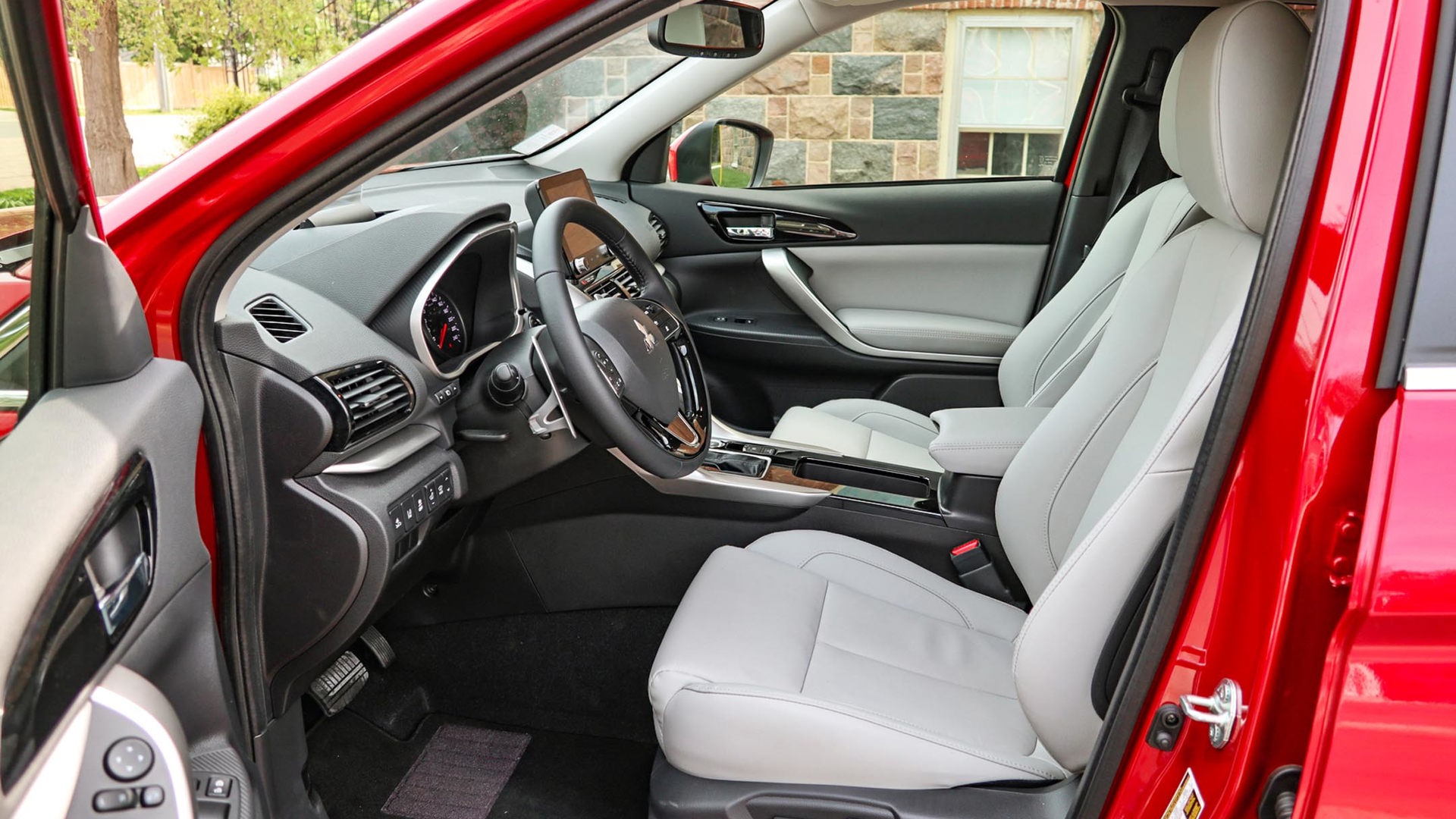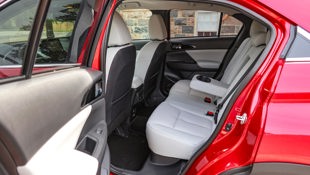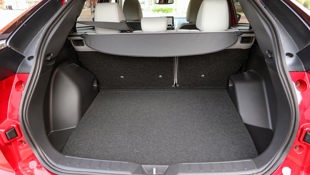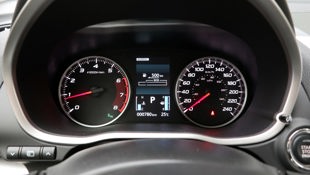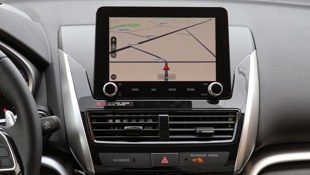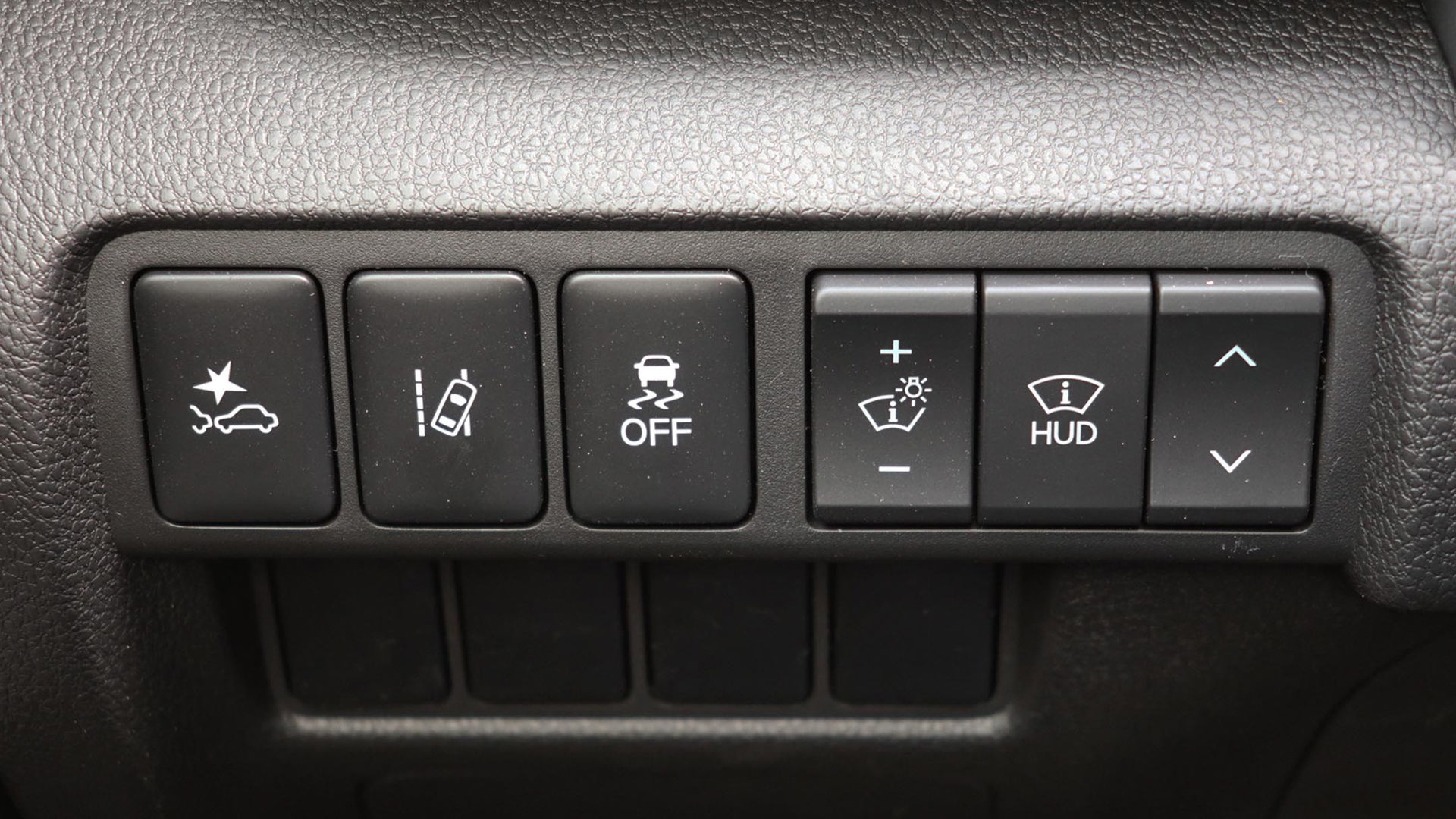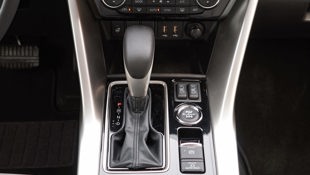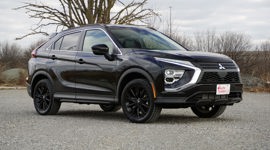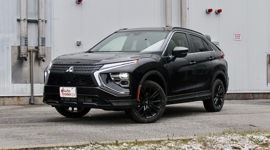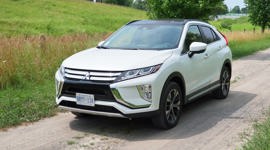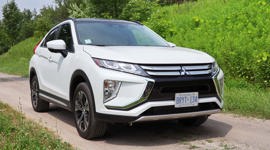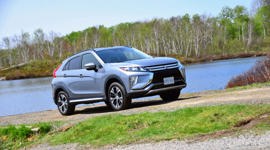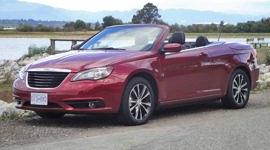 AutoTrader SCORE
AutoTrader SCORE
-
STYLING8/10
-
Safety8/10
-
PRACTICALITY7/10
-
USER-FRIENDLINESS8/10
-
FEATURES8/10
-
POWER8/10
-
COMFORT8/10
-
DRIVING FEEL8/10
-
FUEL ECONOMY7/10
-
VALUE8/10
As aging celebrities can attest, sometimes a facelift makes all the difference.
That’s true of the 2022 Mitsubishi Eclipse Cross compact SUV, which bypassed the 2021 model year and returned with changes that include much better styling. It’s a refresh, not an all-new model, and it starts at $28,598 before freight and taxes for the ES. It then goes through the SE and SEL trims to my tester, the GT, at $36,998. All come standard with all-wheel drive. The only no-charge colour is silver, and all other shades start at an extra $150 and go to the $450 asked for my car’s Red Diamond, bringing my ride to $37,448 before freight and taxes.
Styling: 8.5/10
Let’s be frank: the outgoing Eclipse Cross was definitely not pretty. This new model has slightly longer front and rear overhangs, which improve the proportions and also give it a bit more cargo space.
Up front, the general shape of the grille remains, but the new lights look better and the chrome is toned down nicely. The butt gets the bulk of the styling boost, and that rear three-quarter view is now the Eclipse Cross’s best. The old version had two huge bulges, like a balloon tied in the middle, and its two-window hatch cut into rear visibility. [It also looked like the Pontiac Aztek back there. – Ed.] The new model has a flatter tailgate with one piece of glass. It now looks more like most other SUVs, but compared to how it looked before that’s a compliment.
Cabin revisions are mostly limited to the centre stack, where a larger screen with a new volume dial takes care of the infotainment duties. The touchscreen system also loses the last model’s annoying console touchpad, that space repurposed with buttons for the electric parking brake and the auto-hold function that allows the vehicle to be brought to a halt (say, at a red light) and kept that way with the pedal released, giving your right foot a rest.
Safety: 8/10
The 2022 Eclipse Cross is too new to have full ratings from the two United States-based crash-testers. The National Highway Traffic Safety Administration (NHTSA) carries over the previous model’s top five stars for side crash; that one also earned five for frontal crash, but that new, longer front end needs to be re-smashed to be sure. The Insurance Institute for Highway Safety (IIHS) gave the 2020 model its top rating of “Good” for crashworthiness, but took away the Top Safety Pick designation it had for 2019, apparently as a result of more stringent headlight standards. We’ll have to see how the new model does.
New for 2022, emergency front braking is standard on all trim levels. Also new are lane-departure warning and adaptive cruise control on the SEL, one step below the GT, which previously was the only trim level to offer it. Automatic high-beam headlights are also included on the SE and SEL, whereas only the GT had that feature before. All trim levels include a tire pressure monitoring system, plus the rearview camera that’s mandatory on all new vehicles; and everything but the base ES trim has blind-spot monitoring with rear cross-traffic alert.
Features: 8/10
Each trim level comes all-in, with no available options (other than the aforementioned pricey paint). Every trim level includes such features as 18-inch wheels, automatic climate control, satellite radio, colour multi-function instrument cluster display, and rain-sensing wipers.
A few features make their way from the GT to the next-step-down SEL, including a power driver’s seat, auto-dimming mirror, garage door opener, multi-view rear camera system, and head-up display. That last one is a plastic screen that lifts itself up out of the dash panel, rather than a windshield projection. I really like that the display height can be adjusted with a toggle, whereas many of these require you to page through menus in the infotainment screen – and that’s a pain when two differently-sized drivers are regularly swapping the driver’s seat.
The new eight-inch touchscreen is shared across all trim levels. As before, the system includes Apple CarPlay and Android Auto, but for the first time, navigation is included in the GT. It found my destinations easily enough, but while all other screens such as media or phone display the time in the upper corner, the map annoyingly wipes out the clock.
User Friendliness: 8/10
The new infotainment system is a vast improvement over the old one, which was one of the few minuses on the outgoing model’s ease of use. Still, I’d like the mirror switches moved off the door handle, where they can be awkward to use. And while the climate control is straightforward, the temperature is handled by big, round toggle switches. Dials would fit right in there, and you’d just quickly spin them, rather than tap-tap-tapping away.
Head- and legroom haven’t changed, and taller passengers have to be careful not to bop their noggins when getting into the rear seat. A moulding has been moved on the bottom of the rear doors to reduce the width of the sill, which Mitsubishi says will make it less likely that you’ll dirty your pant leg on it.
Practicality: 7/10
The Eclipse Cross’ new extra rear length is given over to cargo capacity, which rises to 663 L (up from 640 L) with the rear seats upright, and 1,419 L (up from 1,385 L) when they’re lowered, where they fall almost – but not quite – flat. Models with a panoramic sunroof and subwoofer have a bit less cargo space, at 657 L and 1,407 L with seats up and down, respectively. A cargo cover is standard in the SE and up.
More space is always good, but the Eclipse Cross is still near the bottom for cargo volume against most of its competitors. Against the Eclipse Cross’ 663 L, the Honda CR-V offers 1,110 L; the Toyota RAV4 has 1,059 L; and the Nissan Rogue gives you 1,033 L of cargo capacity, and they all do it with slightly more rear-seat legroom than the Mitsubishi.
Comfort: 8/10
The GT always came with a six-way power driver’s seat – now included in the SEL as well – but new for 2022, my top trim gets a four-way power passenger seat. Heated front seats are standard in all trims, and the rear chairs are warmed as well in the SEL and GT. A heated steering wheel, previously found only in the SEL and GT, is now included in the SE trim.
The seats themselves haven’t changed, other than some faux-suede trim on the SEL’s chairs, and the front seats are comfortable and supportive, with well-sized footwells. Rear-seat legroom is only slightly less than in competitive sport-utes and it’s generous enough, and there is space under the front seats for slipping one’s feet for a bit more room.
Power: 8/10
The powertrain is unchanged for 2022, and you get a turbocharged, direct-injection 1.5L four-cylinder that makes 152 hp and 184 lb-ft of torque. It’s mated to an automatic continuously variable transmission (CVT) that includes eight simulated “gears,” and which can be manually “shifted” between them using the large metal paddle shifters included in everything but the base ES. A plug-in hybrid (PHEV) version has been announced for some overseas markets, but Mitsubishi Canada confirmed it’s not scheduled for us here.
Among most of its competitors, the Eclipse Cross has less horsepower, but more torque. It accelerates smoothly and is fine for most driving, although it can get a bit wheezy when pushed hard on a hill or for passing. The CVT is very impressive and feels like a conventional unit, and it’s a good fit to this engine for keeping it in the sweet spot and without any rubber-band feel that these gearless transmissions can sometimes exhibit.
Driving Feel: 8/10
The Eclipse Cross’s overhaul includes larger rear shocks, retuned springs, and reinforced crossmembers for extra rigidity. The handling difference between the new and outgoing models isn’t quite day-and-night – more like day and dusk – but there’s less body roll going into a curve. The old model had a too-soft ride, but this one is firmer in a good way. It’s still smooth and comfortable, but feels more confident and well-planted. It’s not overly sporty, but then it’s not meant to be a sports car, either.
Mitsubishi’s all-wheel drive system is a pretty sophisticated setup, using sensors to monitor steering angle, yaw rate, speed, brake pressure, and other factors to figure out where to send torque between the wheels as needed. Using a button on the console, you can switch between driving modes for normal, gravel, or snow.
Fuel Economy: 7/10
The Eclipse Cross’ fuel economy hasn’t changed from the 2020 model, and it’s officially rated at 9.6 L/100 km in the city; 8.9 on the highway; and 9.3 in combined driving. That was always toward the higher end of the segment, but competitors have been catching up, and the Rogue, CR-V, and RAV4 all rate 8.3 L/100 km or lower in combined driving.
In my week with it, I was above the rated figure, at 10.0 L/100 km. It takes 87-octane, regular-grade fuel.
Value: 8/10
Pricing for the Eclipse Cross starts at $28,598 for the ES; the SE is $31,218; the SEL is $34,218; and the GT is $36,998. You get a considerable number of features in each one for the price, and the Eclipse Cross is competitive with other SUVs in their 2021 model-year pricing. The Honda CR-V starts at $32,770, for example, while the Toyota RAV4 is $30,690; the Nissan Rogue is $31,098; and the Mazda CX-5 starts at $28,600. All prices listed are before freight and taxes, the former of which adds $1,650 to the Eclipse Cross.
Mitsubishi’s warranty is a consideration also, with bumper-to-bumper for five years or 100,000 km; powertrain for 10 years or 160,000 km; and roadside assistance for five years with unlimited mileage. It’s worthy to note, however, that the bumper-to-bumper and powertrain warranties have restrictions, and it’s important to do your homework.
The Verdict
Not every redesign has to go clean-slate to make a difference, and Mitsubishi took the opportunity to address the previous Eclipse Cross’s weakest points of its looks and handling. It still faces an uphill battle against some of its better-selling competitors, but its price, features, and warranty help to make it a viable contender in a crowded market.
| Engine Displacement | 1.5L |
|---|---|
| Engine Cylinders | I4 |
| Peak Horsepower | 152 hp @ 5,500 rpm |
| Peak Torque | 184 lb-ft @ 2,000 rpm |
| Fuel Economy | 9.6 / 8.9 / 9.3 L/100 km cty/hwy/cmb |
| Cargo Space | 657 / 1,407 L seats down (GT trim), 663 / 1,419 L seats down (other trims) |
| Model Tested | 2022 Mitsubishi Eclipse Cross GT |
| Base Price | $36,998 |
| A/C Tax | $100 |
| Destination Fee | $1,650 |
| Price as Tested | $39,198 |
|
Optional Equipment
$450 – Diamond Red Paint, $450
|
|
